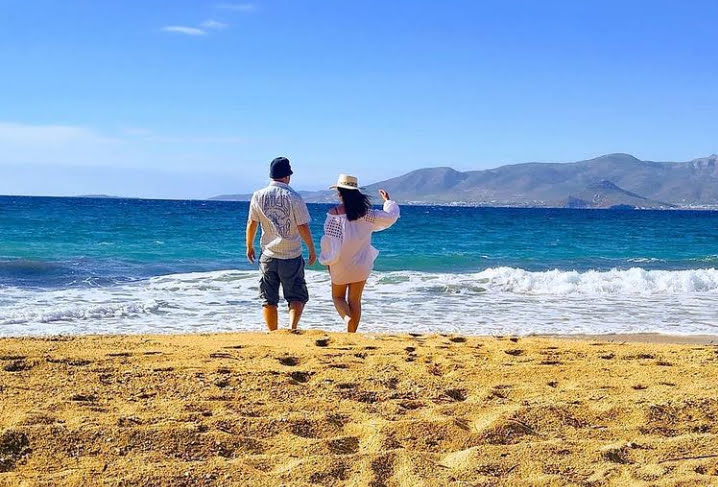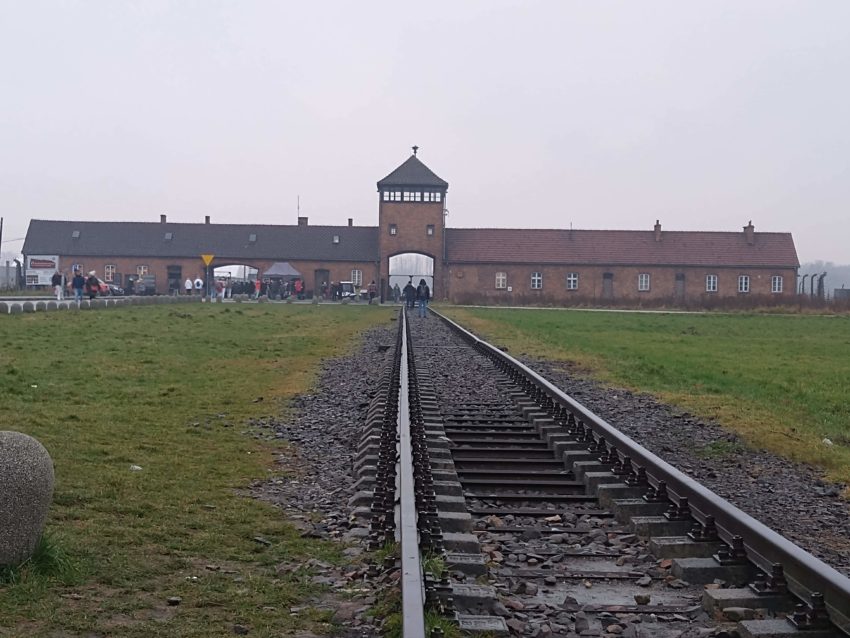Auschwitz
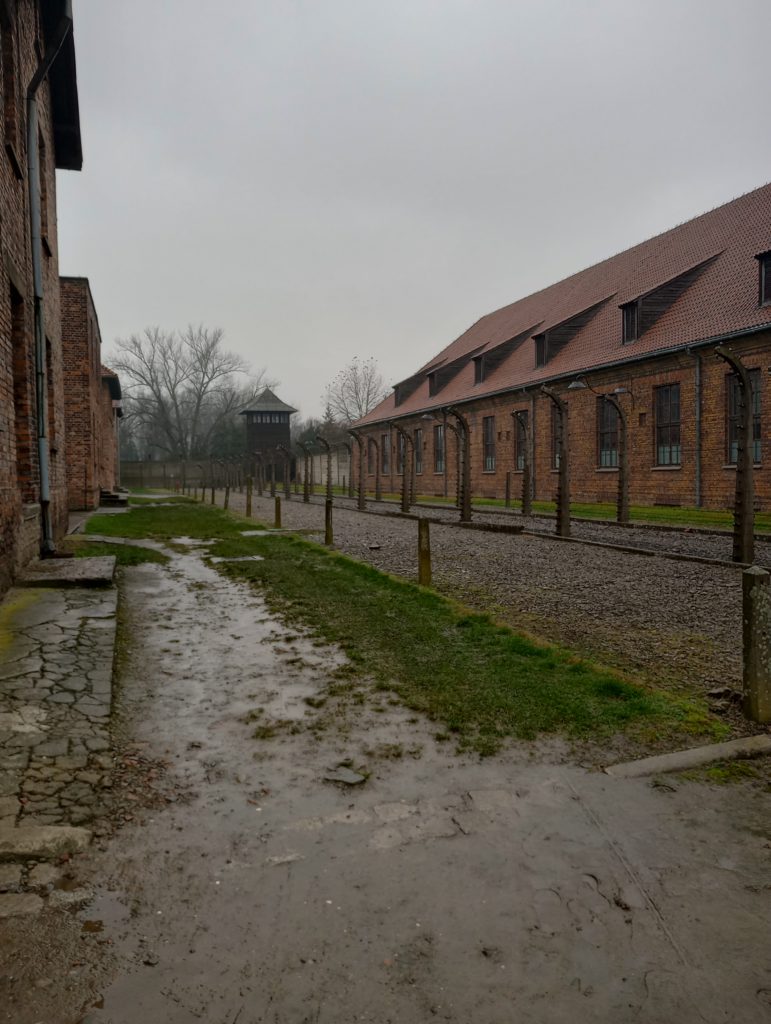
Auschwitz, harrowing yes, but you can’t come to Krakow, Poland, without paying your respects to the innocent souls that got killed in this notorious Nazi Death camp. It was always a place high on the itinerary.
This was a Nazi slaughterhouse, a playfield where terror and genocide was their bloody sport. Moreover, it was a huge laboratory for Hitler and his henchmen to subject people, deemed lesser beings, to barbaric ‘medical’ experiments. Forced to work as slaves, flogged and tortured, then starved before being hung, shot, or sent to the gas chamber when seen as no use. One Point One million, or even more where murdered here. A mammoth number that is hard to comprehend in our so called modern society.
Established by the Germans in 1940, the brutal torture continued until January 1945 until it was liberated by the Soviet army during the Vistula–Oder Offensive.
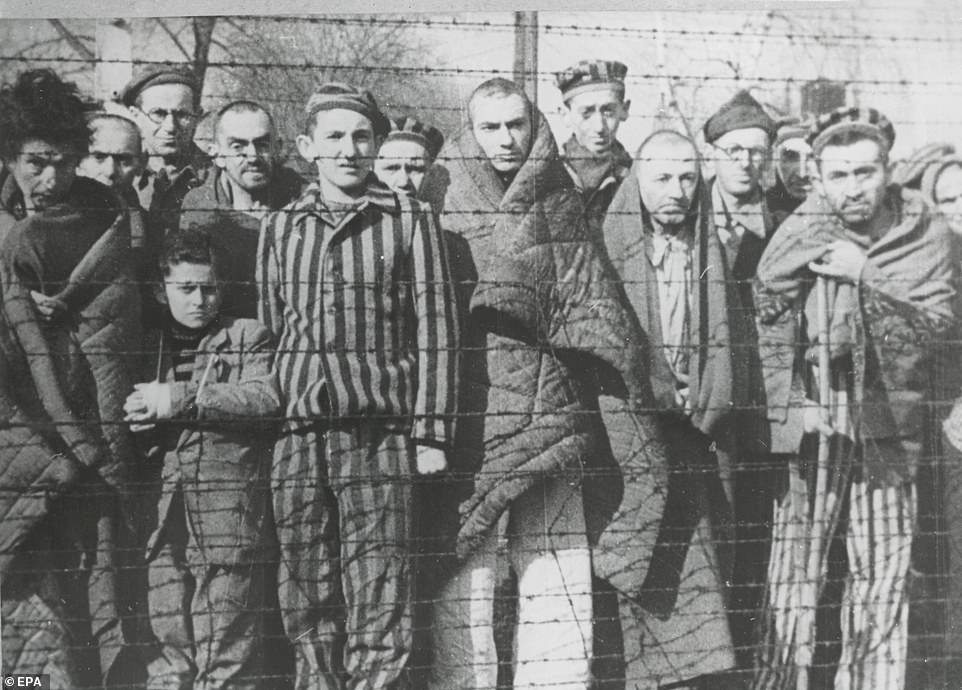
The Nazis were so evil that they forced most of the prisoners onto a death march before they could get rescued. However, there were about 7,000 people that had been left behind. The Soviet soldiers attempted to help the survivors, shocked at the scale of the brutality. Auschwitz, and many other concentration camps, left an horrendus and lasting impression on those that were on the initial scene. Indeed, that impression can still be felt by visitors today.
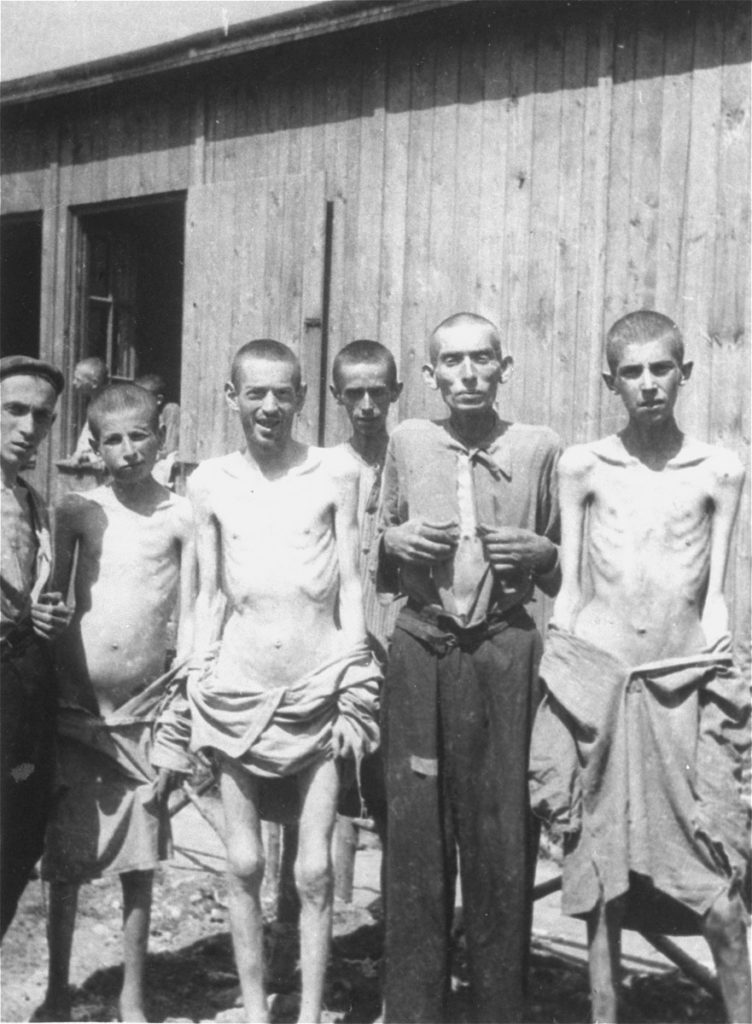
Auschwitz Tickets
There is no fee, if you aren’t with a guided tour. Booking online in advance is a must and we managed to get an afternoon slot for a self guided tour. The info gets sent to your email address and one must bring ID, to go with the ticket reservation, to enter.
Arrival at Auschwitz
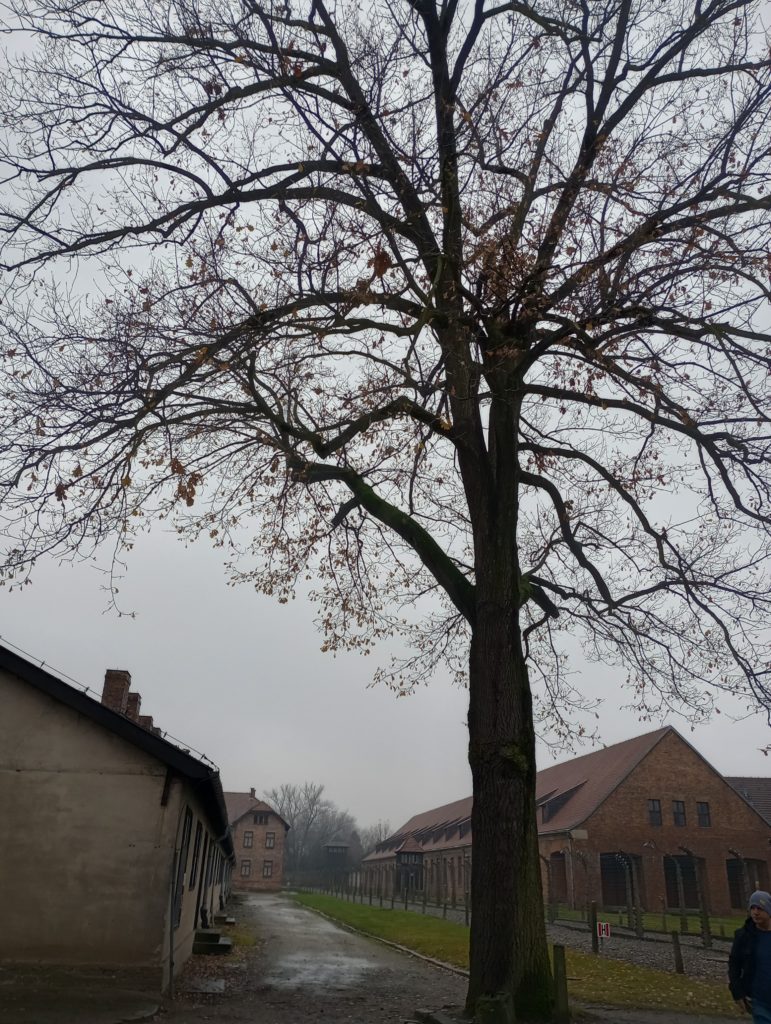
We drove our hire car for the hour long journey from Krakow’s old town to Auschwitz. There is one toll to go through which cost £2.40 (13 pln) each way.
There is plenty of parking at both camps. At Auschwitz 1 it cost only 10 pln. This was at the Imperial Hotel carpark. However, at Auschwitz 2 Birkenau, the cost was 30 pln.
Please note: visiting the Museum begins at the former Auschwitz I camp (11 Leszczyńska Street), and ends in its second part – the former Auschwitz II-Birkenau camp.
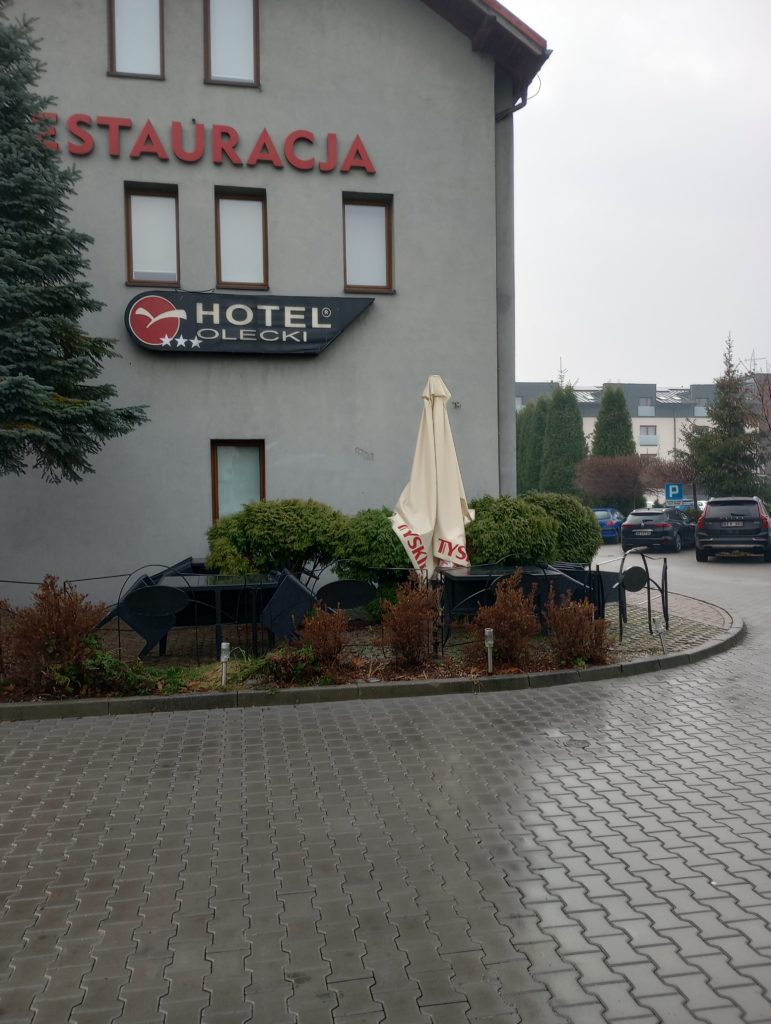
The expanse of Auschwitz was as expected. What I was not expecting was the commercialism of restaurants and hotels. To me that didn’t sit well. It’s hardly entertainment.
Entrance
It was kind of a shambles to get through security in Auschwitz 1. People were pushing and shoving their way ahead of the line. Laughing and giggling, oblivious to where they were.
You will be required to show your identification, i.e. passport, as you go through the security bag xray machines.
Once through security you are left to explore yourself or with a tour group. There are many tours to choose from online who can pick you up at your hotel. As we prefer to be left to our own devices, our hire car was important to us, so we could come and go as we please.
Crowds
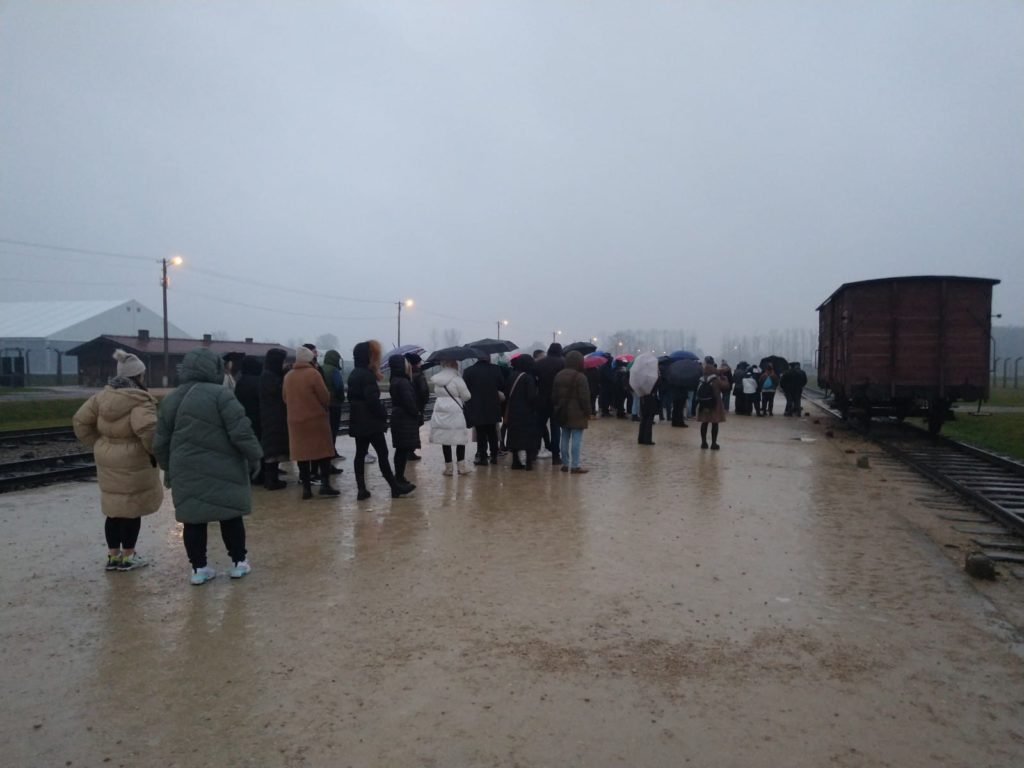
It’s not surprising Auschwitz is popular, especially since it’s free, so you will get lots of crowds. The best thing we did, was venture off to the side to avoid most of the large tour groups milling around.
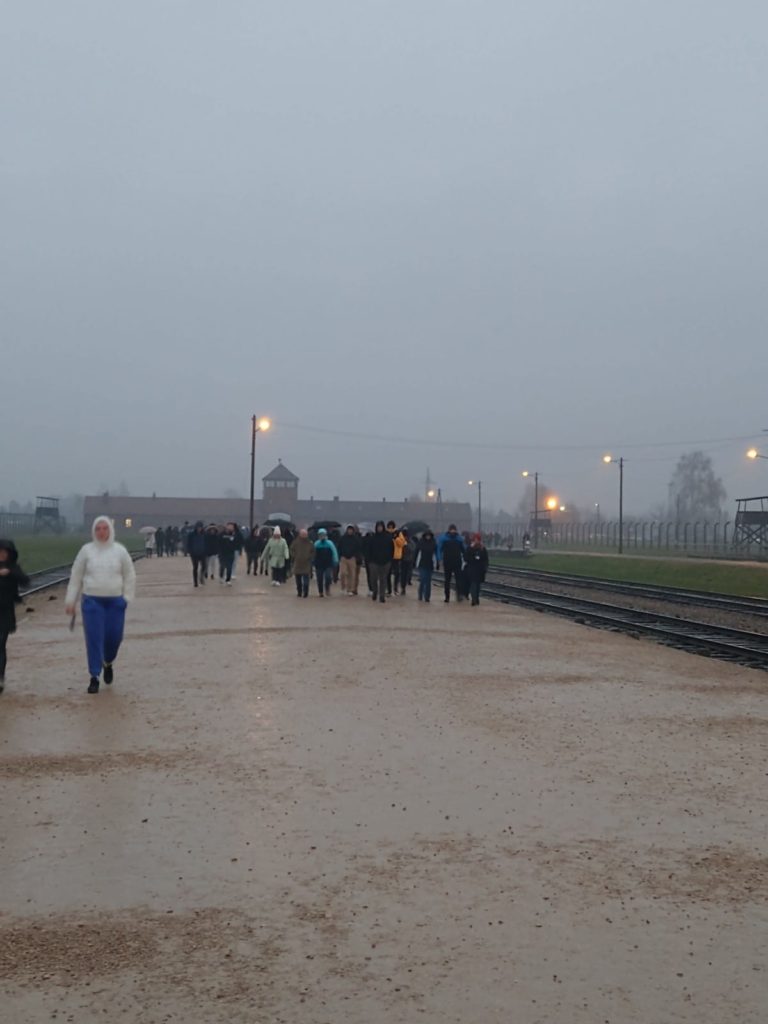
You will find most people just follow the signs / arrows like sheep, so it’s easy if you want, to get some tranquility and time to think.
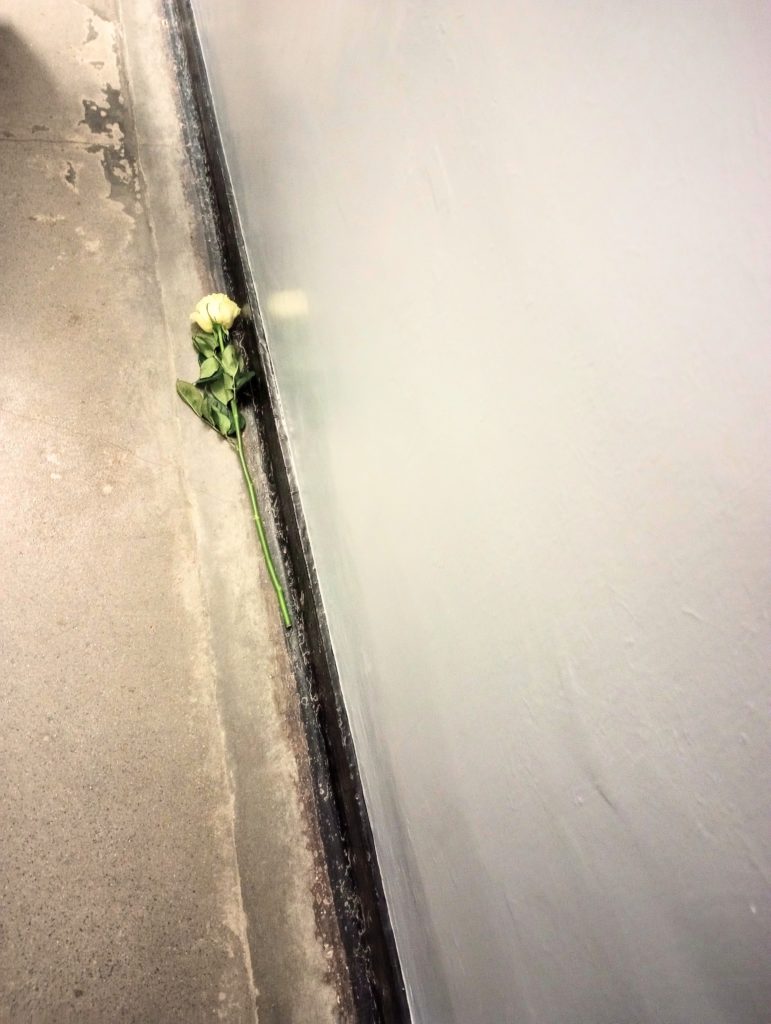
In fact, for us, it was needed to allow for contemplation and retrospect of what Auschwitz – Birkenau represents then and now.
Auschwitz 1 – The notorious gate
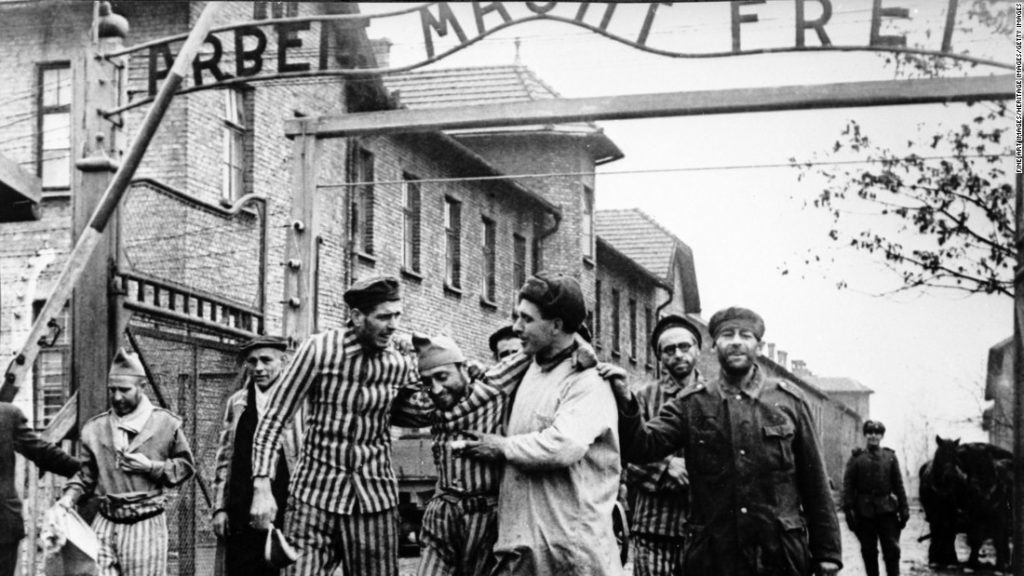
The gate at liberation and as it was on our visit.

We first came across the gate where, if people tried to escape, they would be shot to teach a lesson to others who tried the same. It was difficult to imagine the carnage and that it was only 80 years ago this took place. All just for being Jewish or someone else decided as unclean by the Nazi regime.
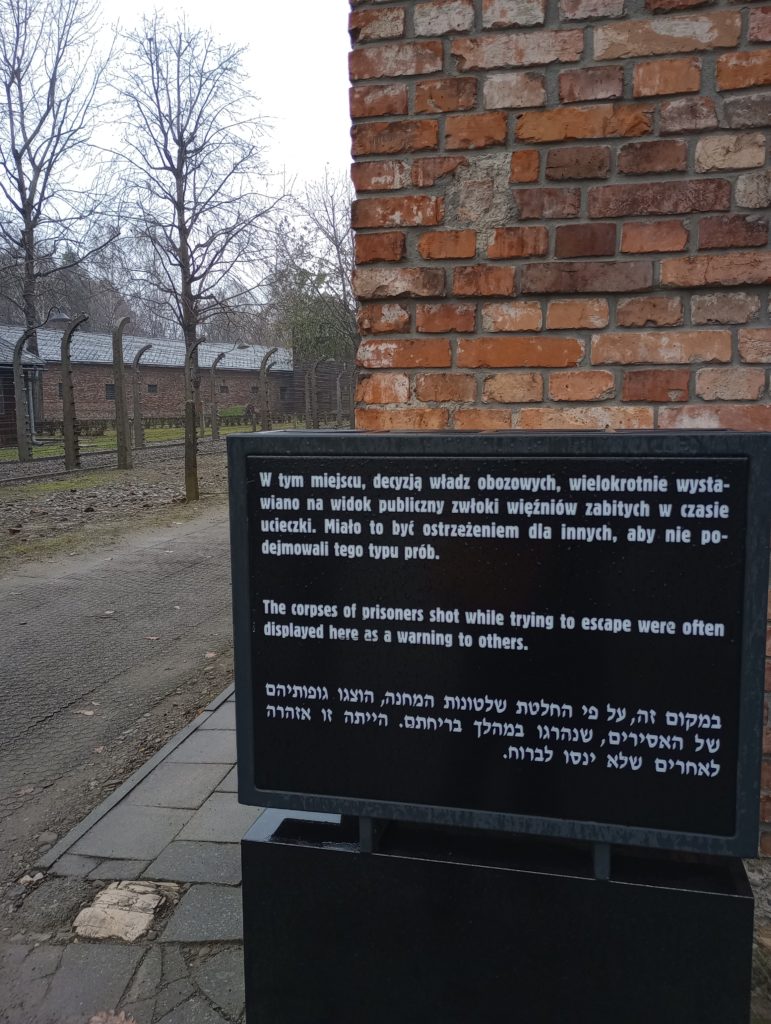
We were aghast that visitors stood posing at the gate or taking selfies. One male friend of one girl said to her it wasn’t a fashion show as she stated, “Get my best side, I want to look good at the gate”.
Then you had the girls stretching out their leg, posing provocatively, which would have been more appropriate in the red light in Amsterdam.
This was just two examples of many. If you don’t ignore them, you’d lose it. Totally disrespectful. I don’t even know why people like that go. Do they even grasp the enormity of it all? Maybe it’s just a place they can put on social media to get them ‘likes’.
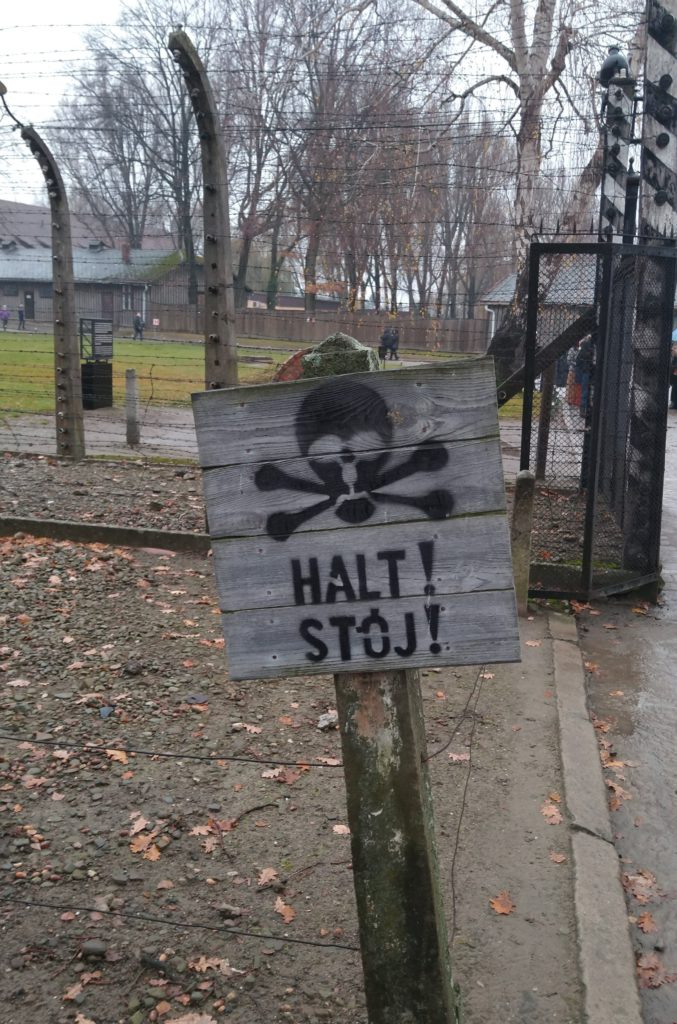
The grounds and buildings – Auschwitz 1
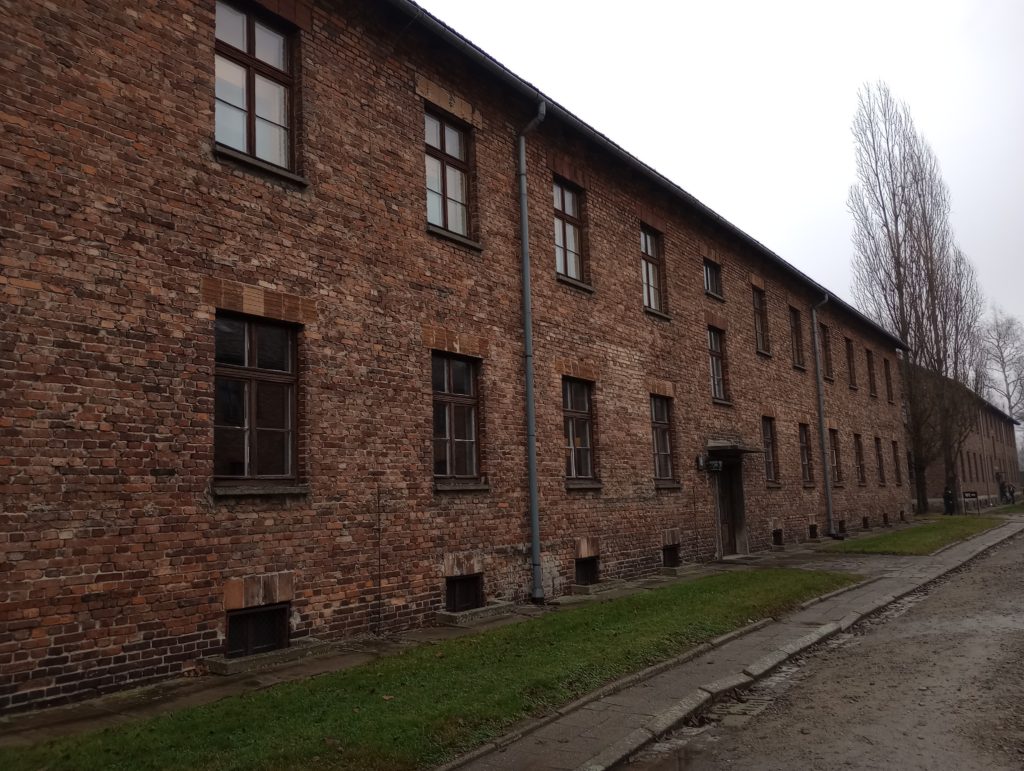
The heavy dark sky and damp air gave Auschwitz an even more eerie feel. You could imagine the cold winters that the prisoners had to endure.
Indeed, the punishment they got, if they were too exhausted for more slave labour, would entail them being stripped naked and thrown out onto the wet concrete or snow. If this wasn’t bad enough, buckets of ice cold water would then get lashed over them. Subsequently, many froze to death. We read this cruelty on a board mentioning how, of 10,000 Russian prisoners of war, only 1000 survived.
Roll call
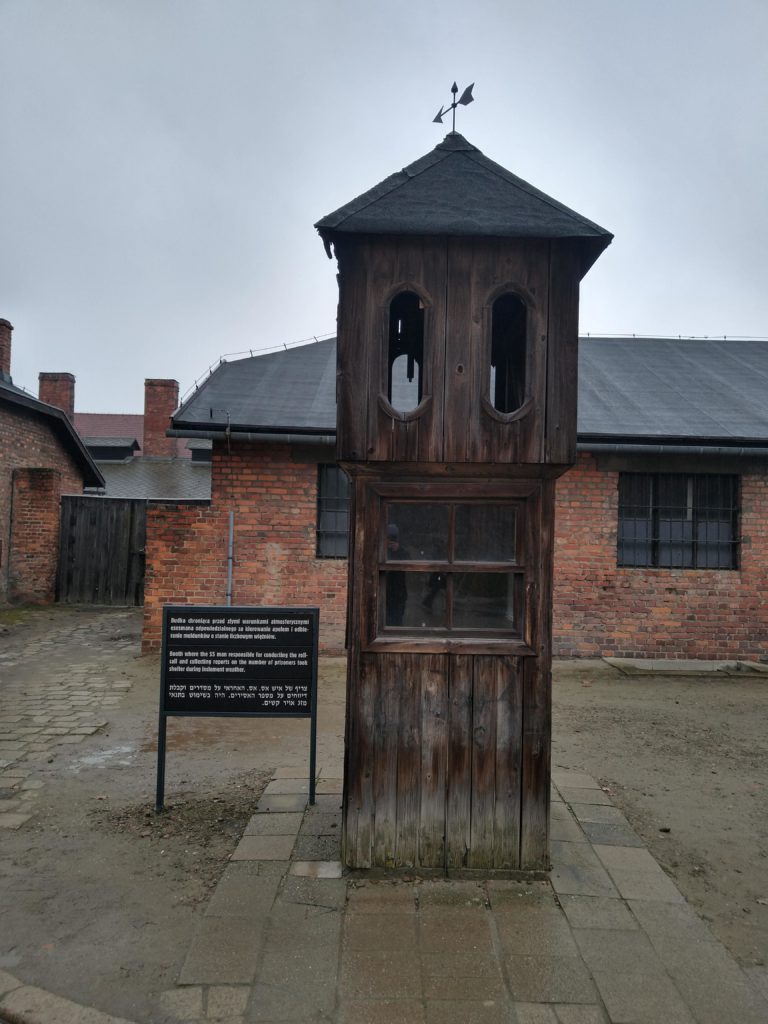
Prisoners had to be there at roll call no matter what the weather. Of course, the camp’s SS had cover if the freezing rain poured.
The Evil Eye watches and Fences close in at Auschwitz
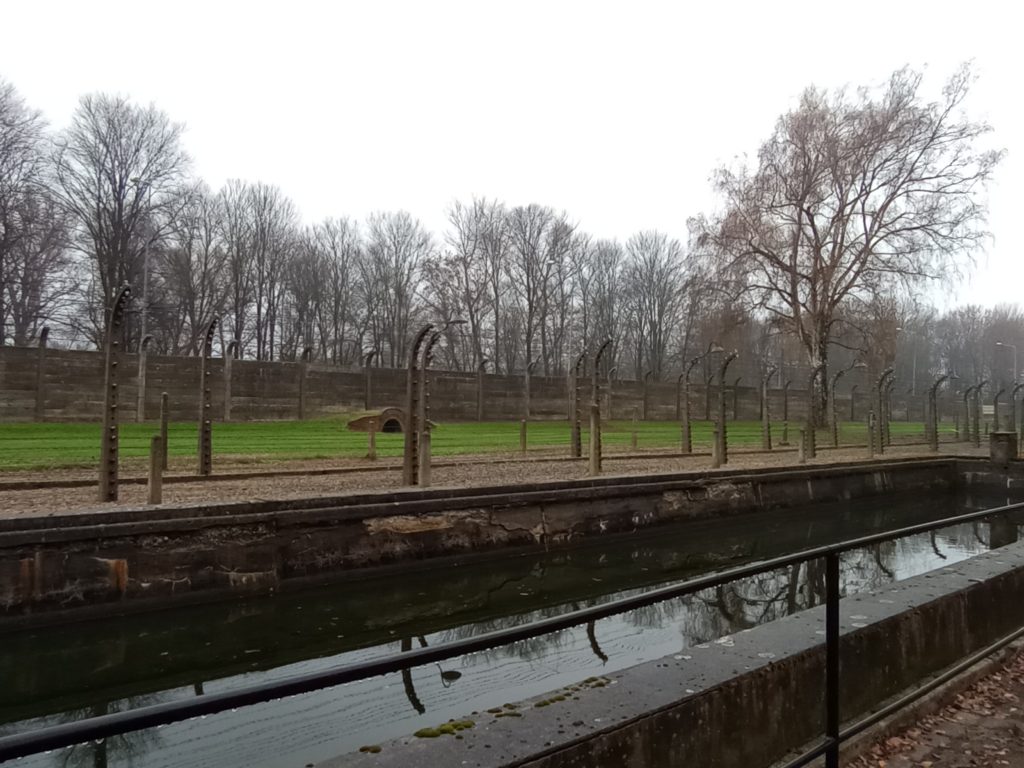
Guards were everywhere, watching and hoping someone made a break for it. As if they required an excuse, but a running prisoner would make an easy victim. Even if one made it past these deadly obsticles, then where would they go in the middle of occupied Poland/Europe? On top of that, for local prisoners, if they managed to escape, the Gestapo would round up their family members, from the outside, and bring them to the camp. Here, they would be exhibited out in the open courtyard, as an example, to force the escapee to return.
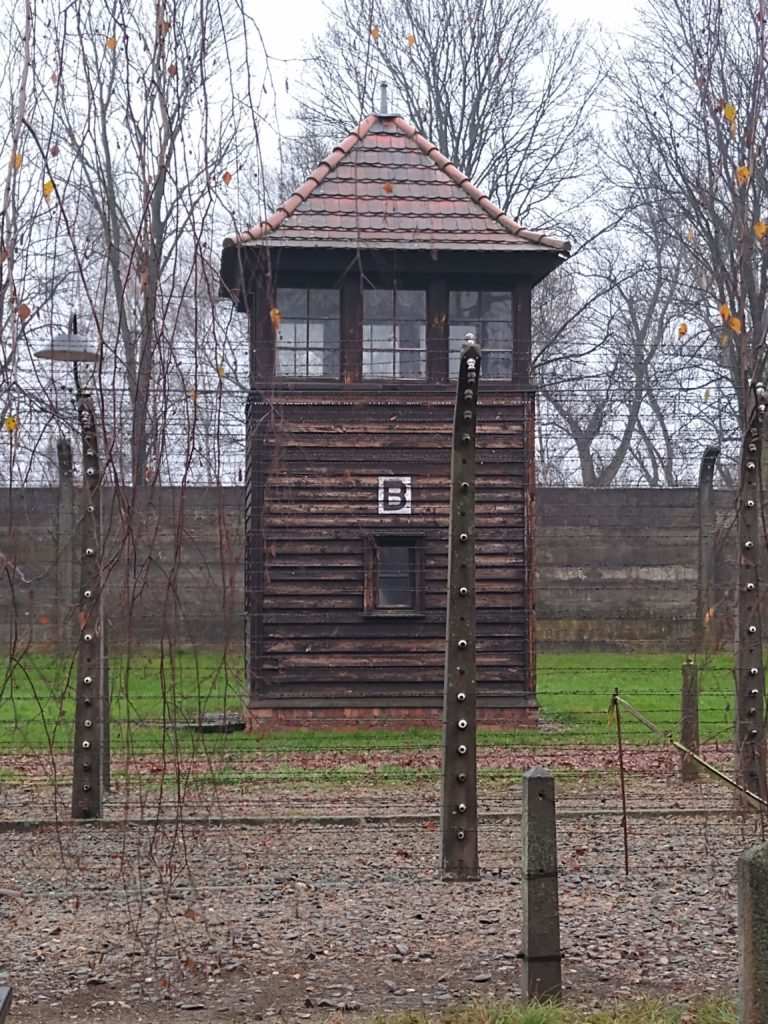
The blocks of Auschwitz
As the camp was set out in blocks, each room had a story. The concentration camp housed Jews, Poles, Romany, Russian prisoners of war, and basically anyone who defied the regime. Here are a few of the tragic narratives of these malignant dwellings.
Block 11
This was where prisoners were sent if they attempted to escape or make contact with the outside world. It was the camp jail. A prison within a prison. Thousands were tortured, mutilated and murdered here. Indeed, the horrific Death Wall was in the courtyard between blocks 10 and 11.
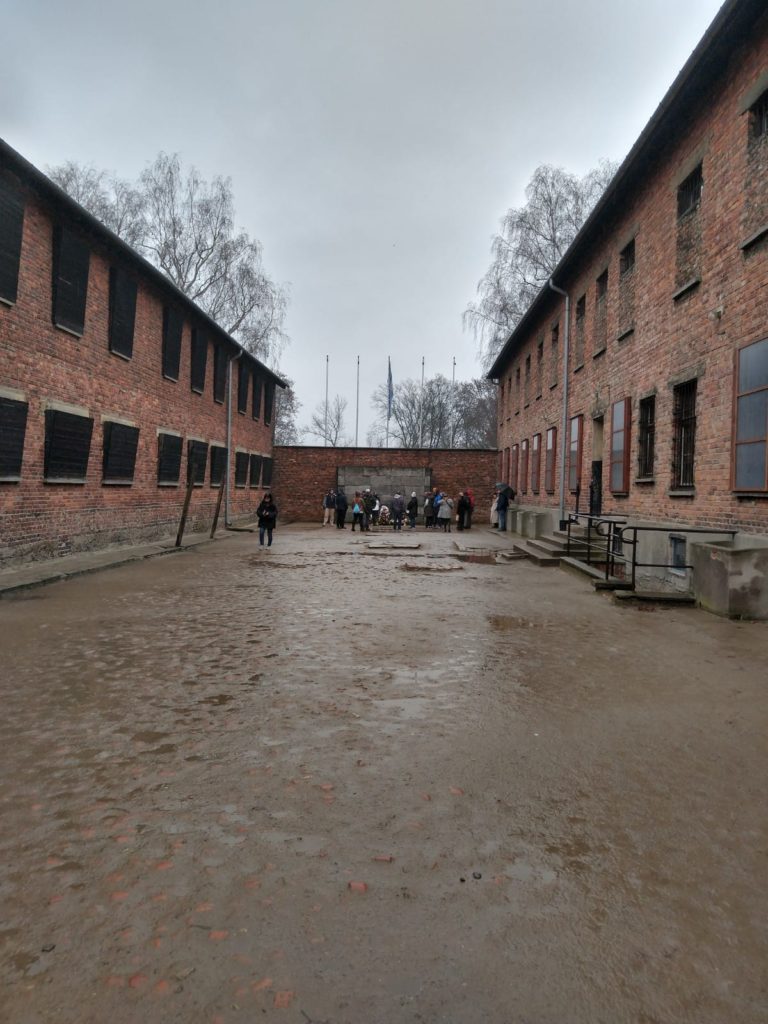
Examples of the mental brutality would be when prisoners were forced into ‘Standing Cells’. These were four spaces, measuring less than 1 sq.m. each. The only source of air was a 5 x 5 cm. opening covered with a metal grille. Punishment in these cells could last for weeks, with prisoners put in there at night and still whipped to work through the day. Executions took many forms from Hanging to bullets in the back of the head.
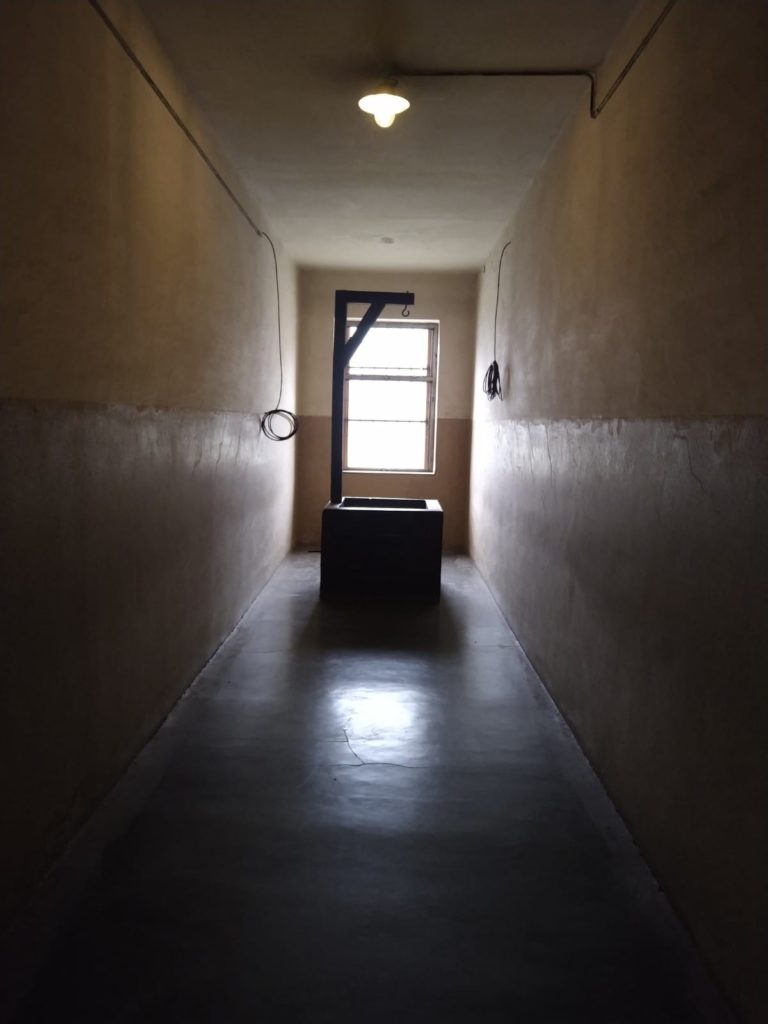
Ordinary cells would be packed with people sleeping on the floor if there was no bunks left. They wouldn’t be fed, but still forced to endure work the next day.
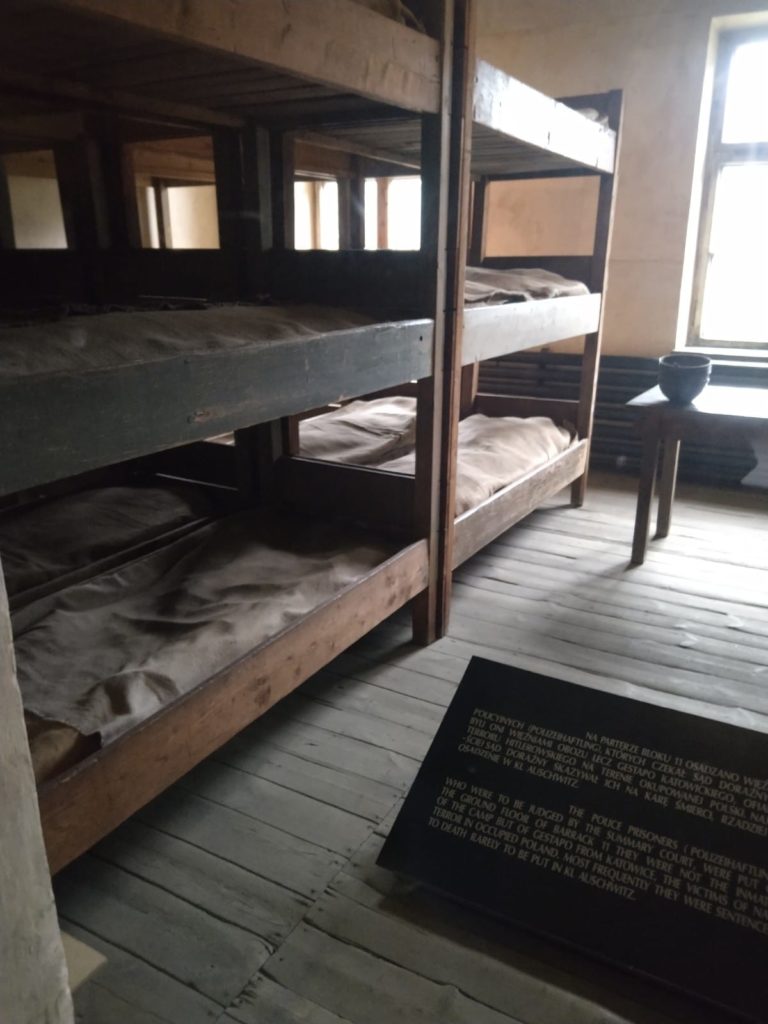
It’s difficult to imagine the torture, stuck in that confined space, trying hard to take your next breath. Some wouldn’t wake the next day.
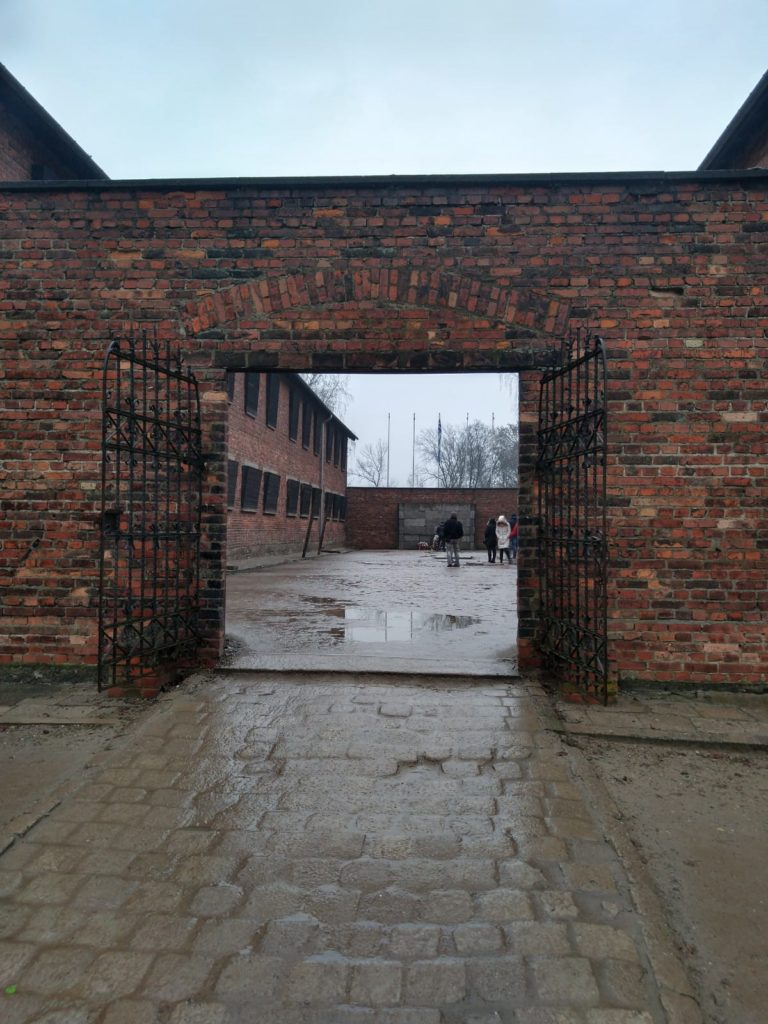
Confinement in the dark cells lasted from several days to several weeks.
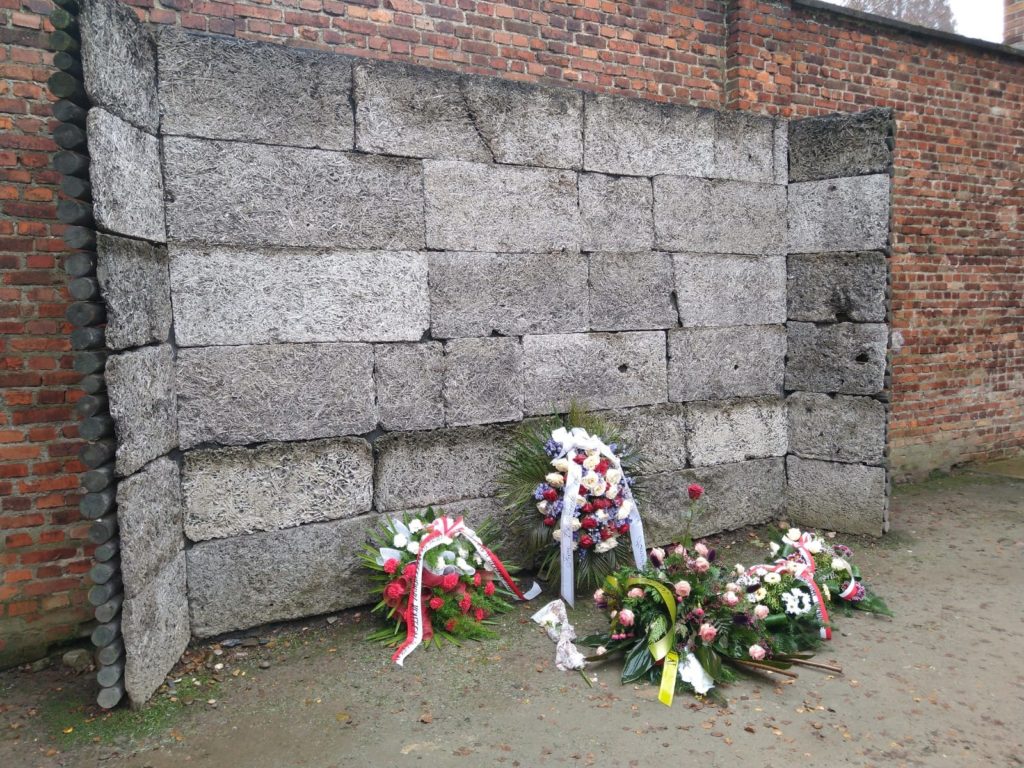
Block 10
Even though both men and women were experimented on, in block 10, it was mostly women.
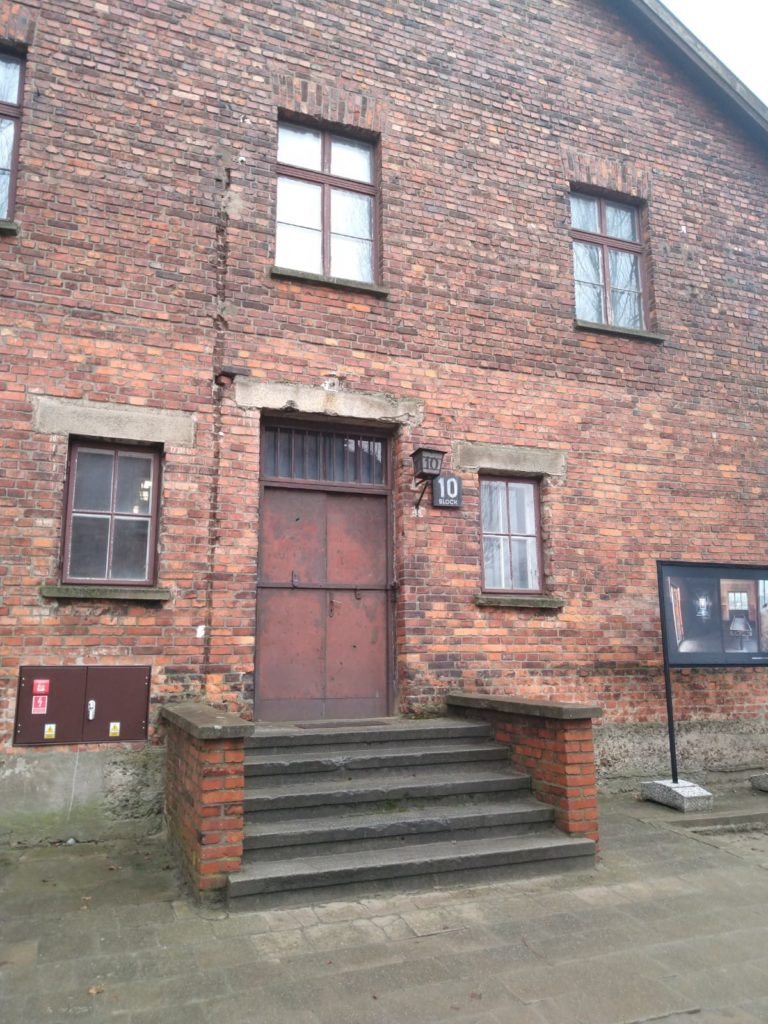
Several hundred were kept in two rooms upstairs in block 10 and were subject to horrendous experiments by the Carl Clauberg, who was basically given permission to do what they liked with them, along with other so-called doctors.
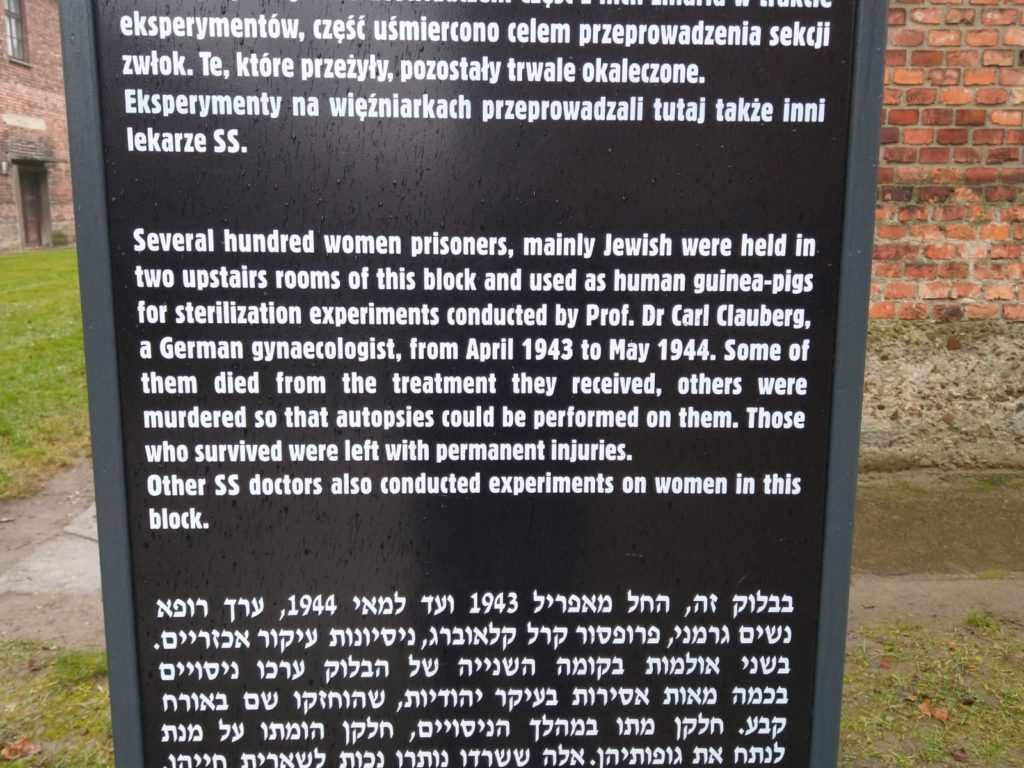
Most women died or murdered purposely so the ‘doctors’ could perform autopsies.
General Blocks
The living quarters of prisoners were sparce. Lucky to have a bed, there was little to zero privacy. Some just had straw on the floor to lie on. Washing and toilet facilities were open.
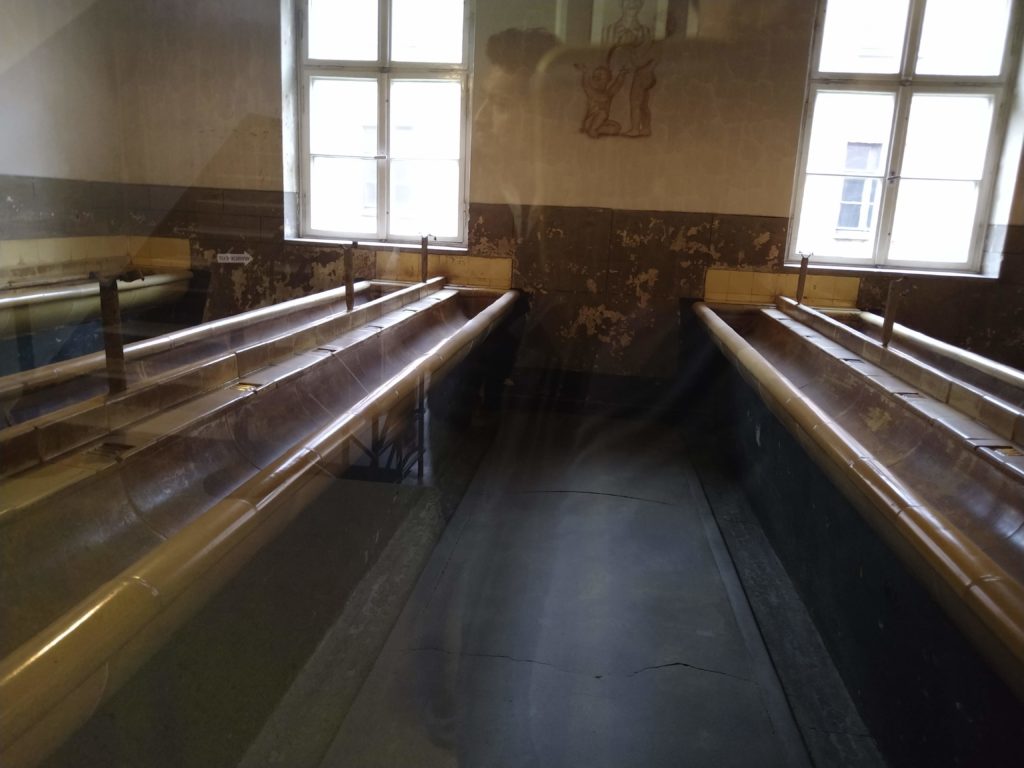
Even the basics, that we feel are a right, were stripped away.
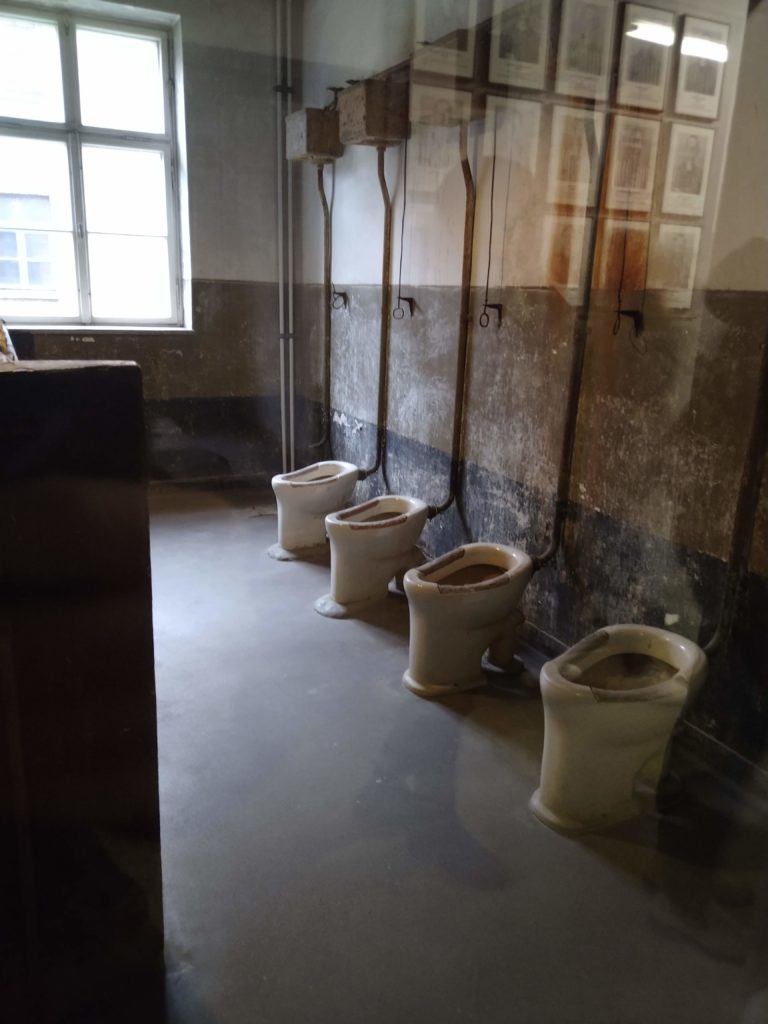
At its height, this camp in Auschwitz held about 16 thousand prisoners. It was also where the main SS garrison was.
Gas chamber and crematorium of Auschwitz 1
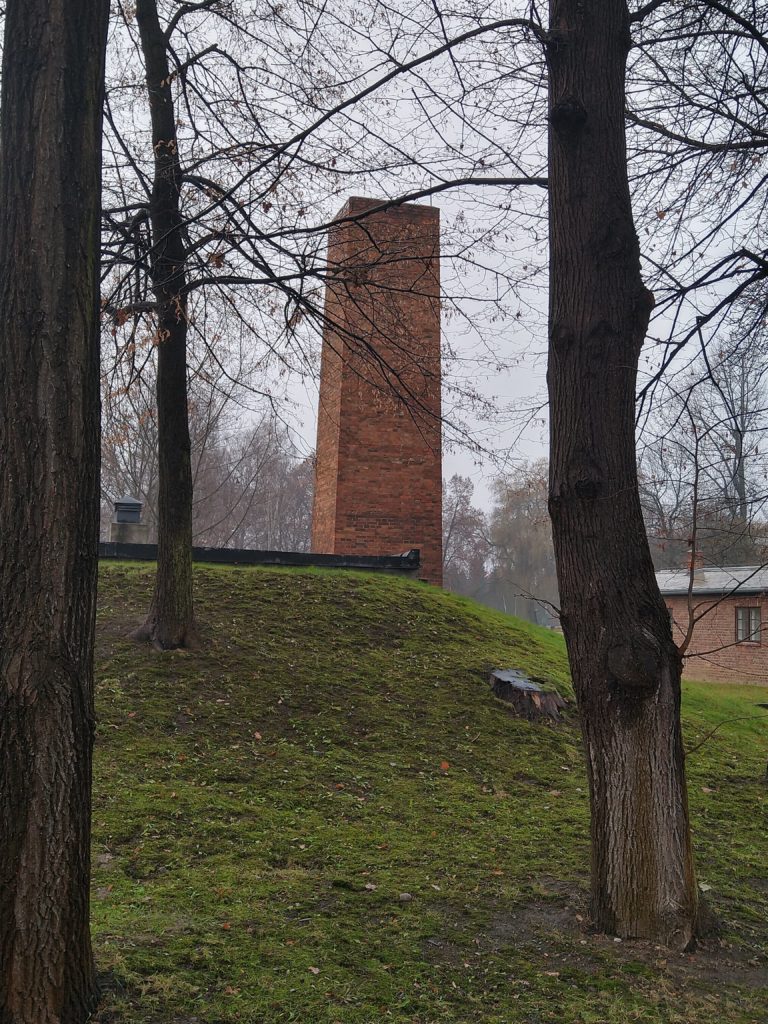
By the camp Gestapo interogation base was a Gas Chamber and crematorium. With this in mind, we walked silently through this place of mass death.
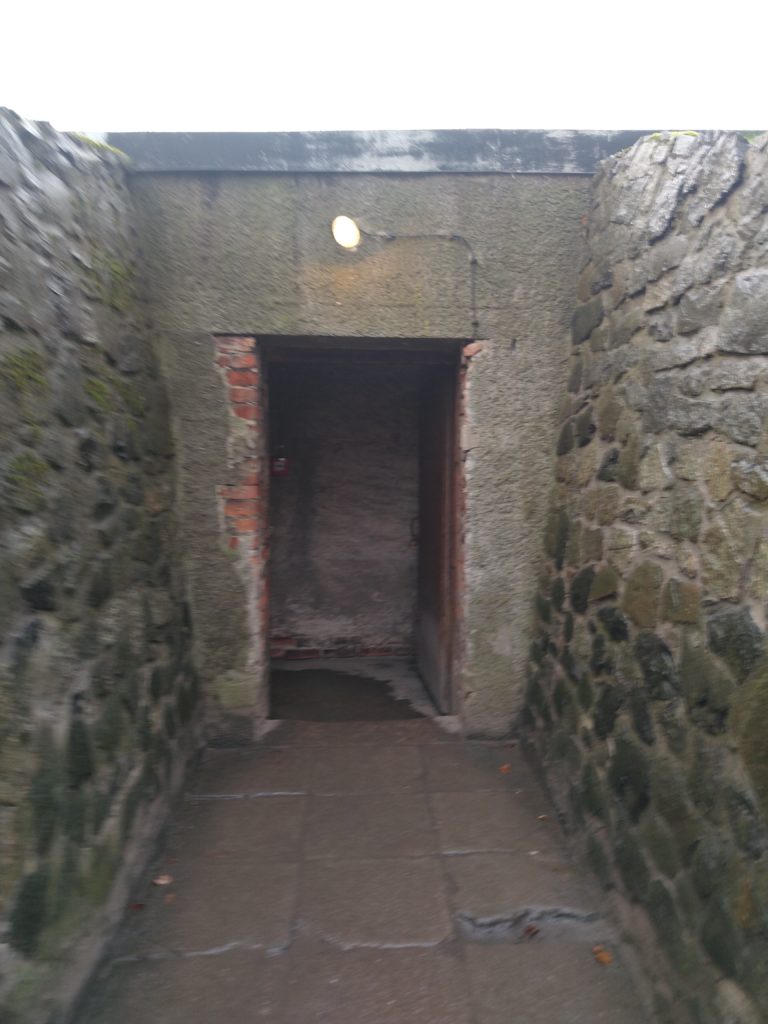
This was small in comparison to the chambers of Auschwitz II – Birkenau. Nonetheless, it was as deadly and the eerie atmosphere seeped through our pores as we walked into that grey building.
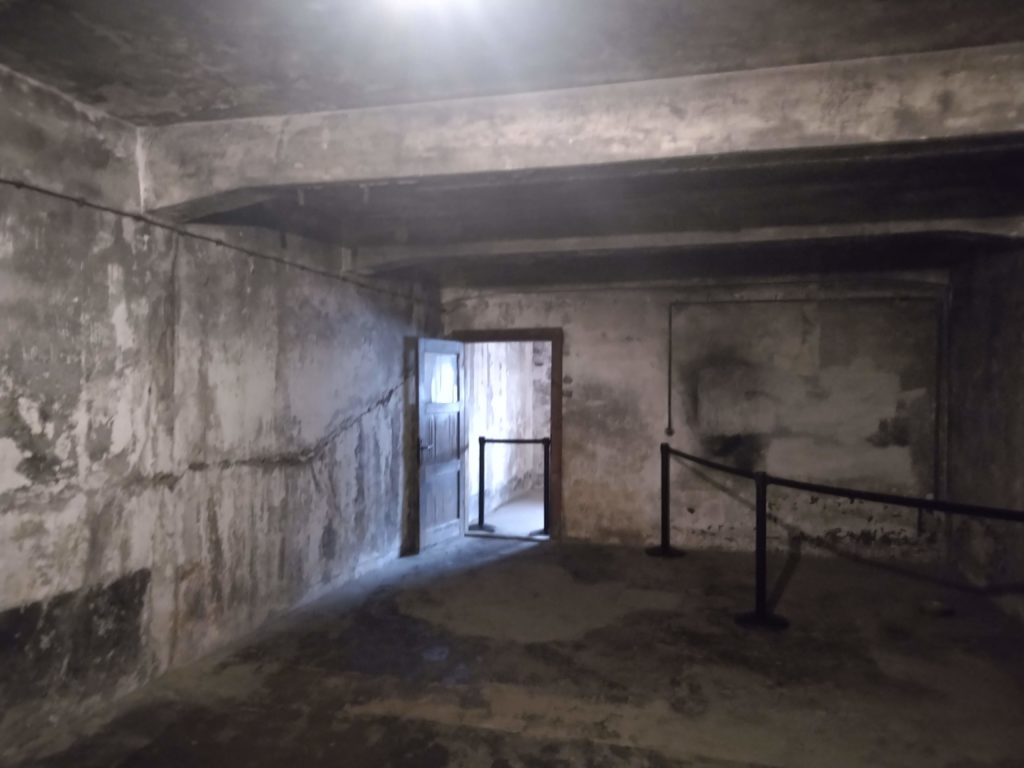
It may have been dank and miserable outside, but it was preferable to the oppressive air that closed round one in this place.
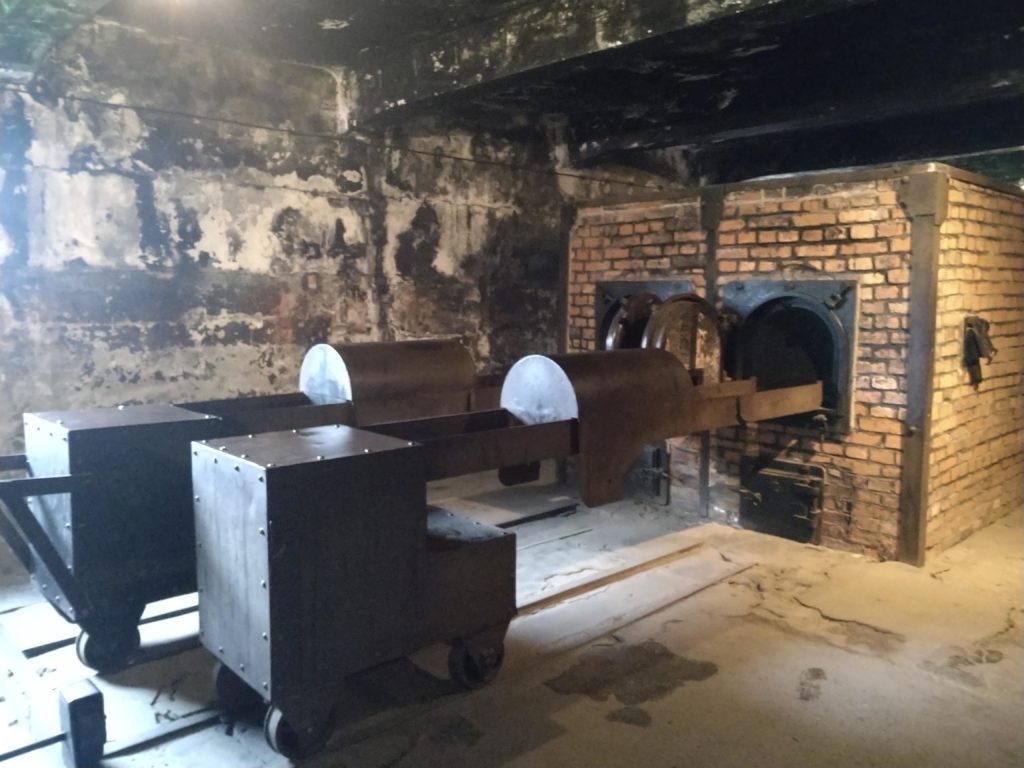
When the killing was complete, the bodies were disposed of, next door, in the crematorium. Outside the Chamber, the original camp commandant, Rudolf Hoss, was hung for his crimes on the gallows in 1947.
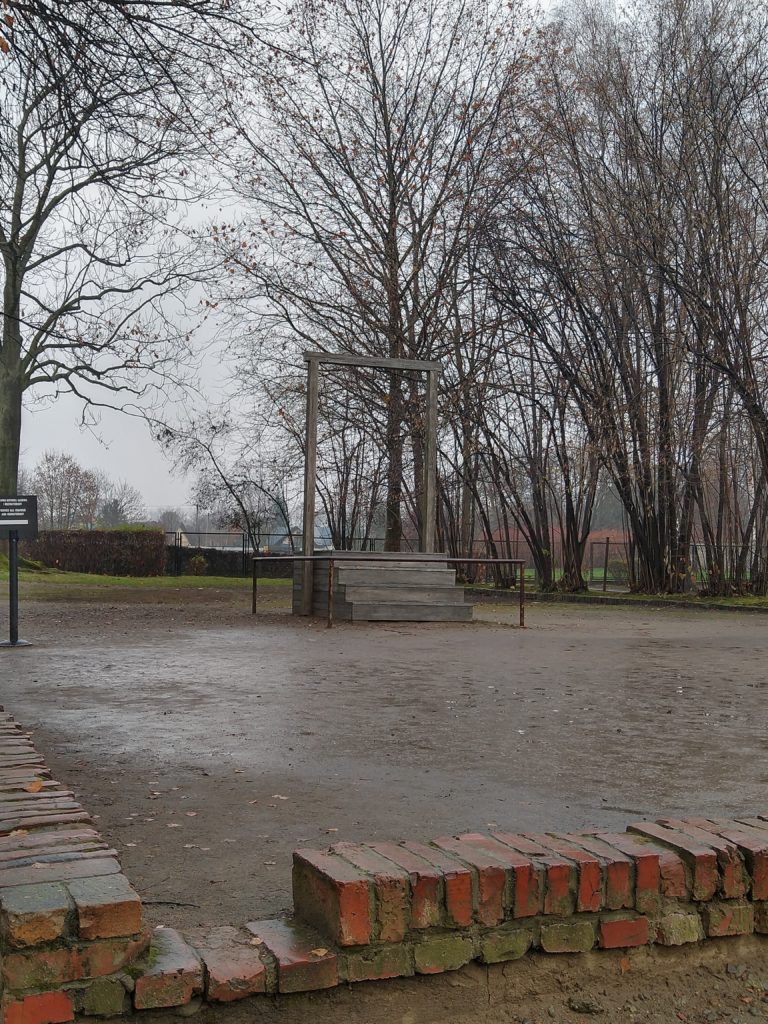
Auschwitz II – Birkenau
Birkenau was the largest of the camps in Auschwitz. In fact, more than a million people were exterminated here!
Infamous gates of hell at Auschitz Birkenau
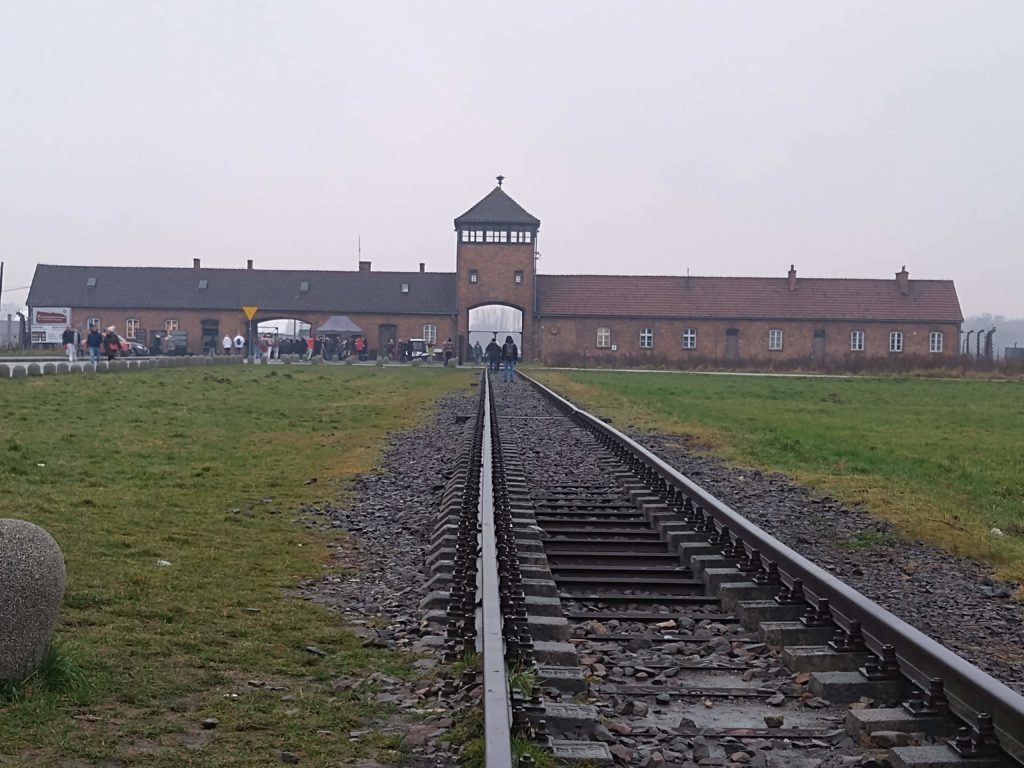
Birkenau was a lot different from Auschwitz 1. This was more spread out. Instantly recognisable, the infamous train tracks carted prisoners through these gates of hell. Innocent people, deemed unworthy by a country’s government, were unwillingly brought to their death.
The deadly railway to Auschwitz
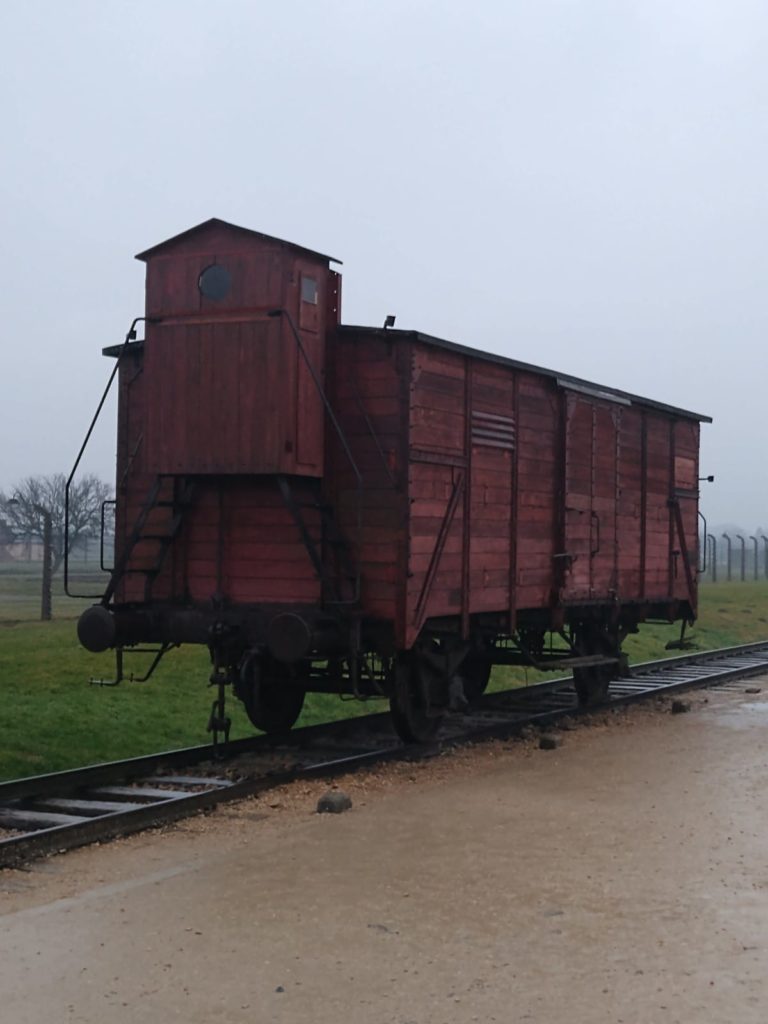
Slaving them, Starving them, Shooting them wasn’t enough. It didn’t kill the Jews, and others, in enough numbers. The rail trucks delivered them from all over Europe. If you were fit enough to work, you lived for now. If deemed unfit to work, instant death awaited at the Gas chambers at the end of the line!
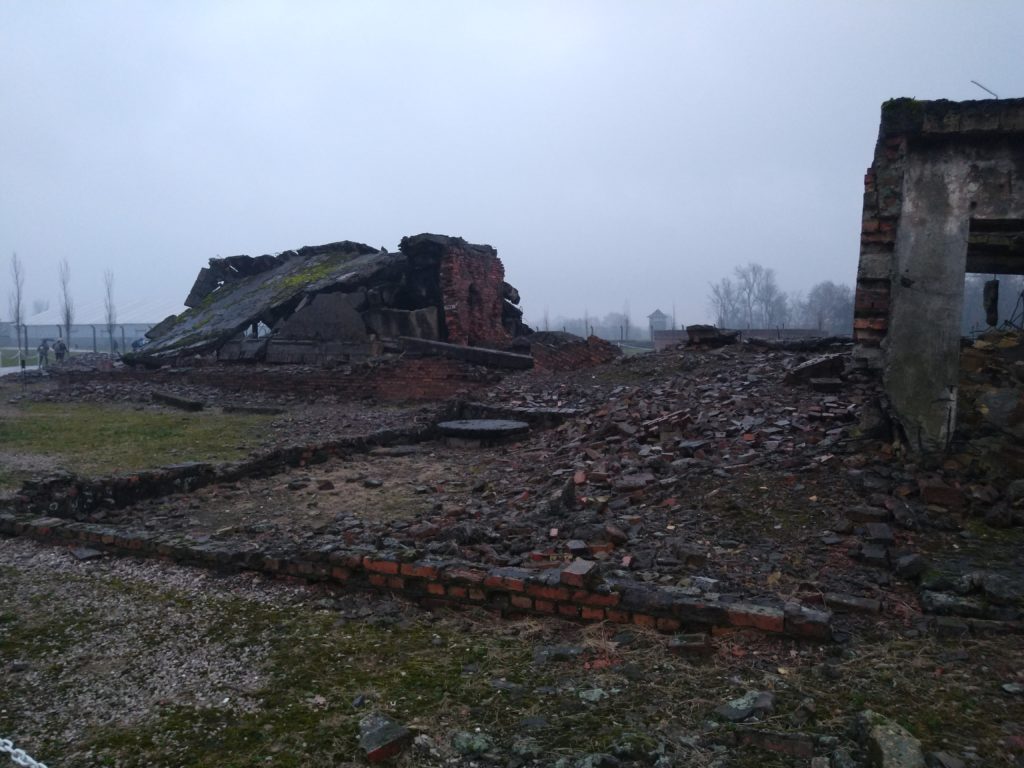
Believe it or not people balance and take selfies on the tracks for amusement. This behaviour had the Auschwitz-Birkenau Memorial and Museum imploring visitors in one tweet, to be respectful. I agree, how can people think it’s fun to frolic about in a place that killed 1.1 million?
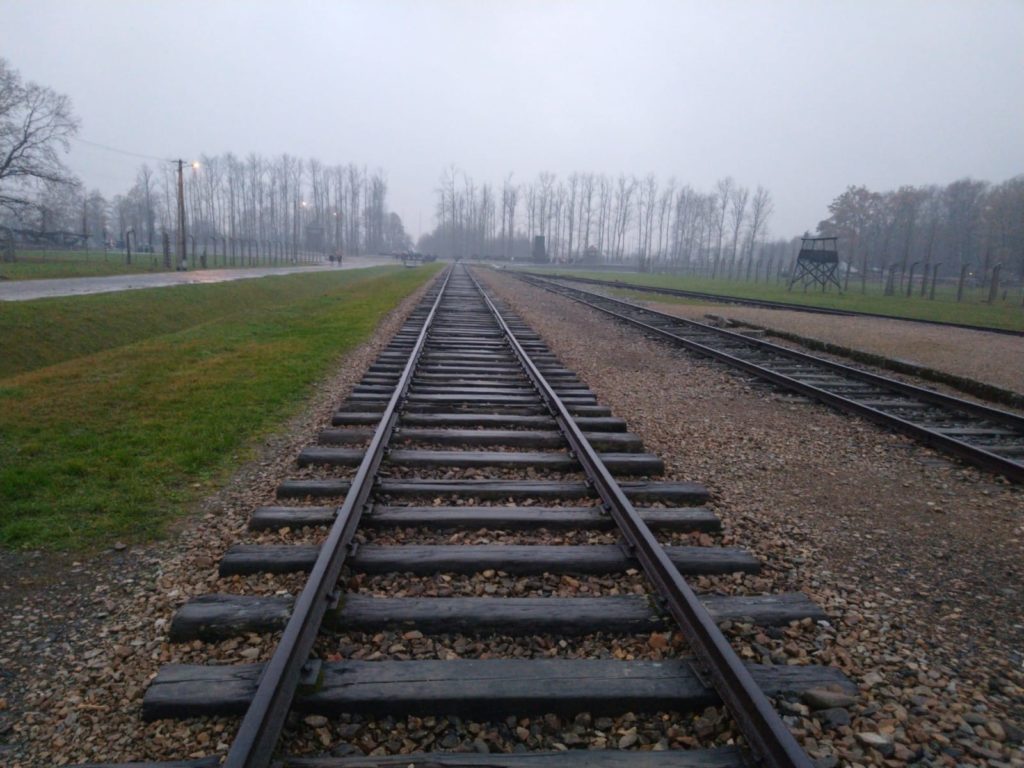
In the same vicinity you have, right at the end of the walk, the remains of the demolished gas chambers.
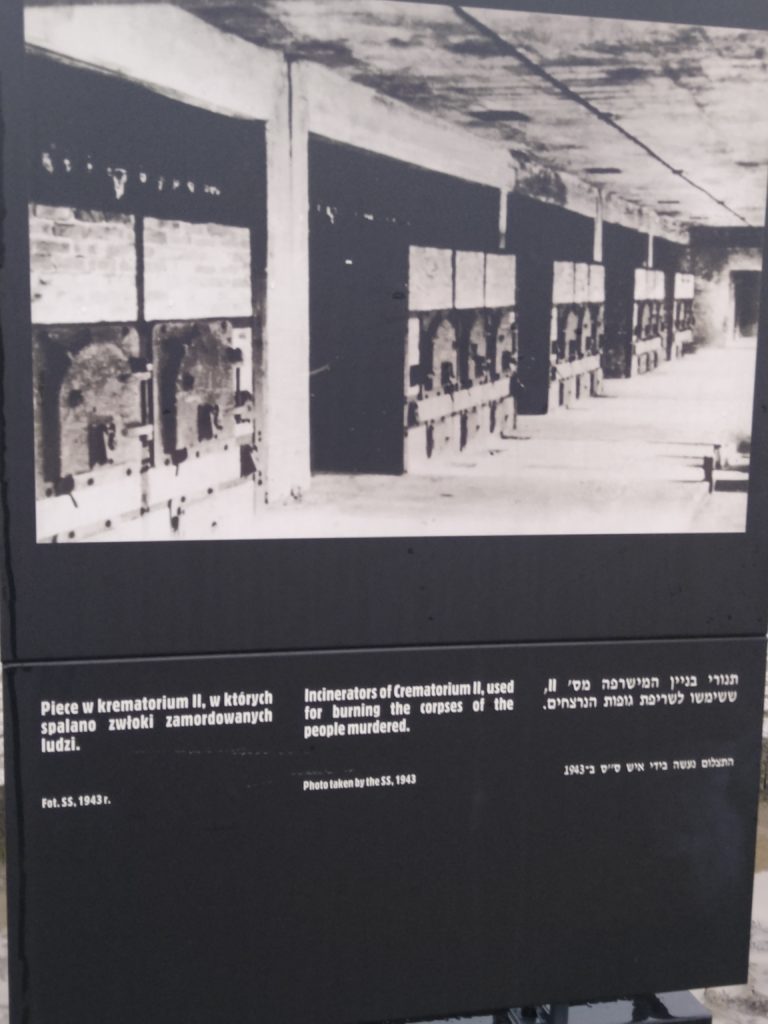
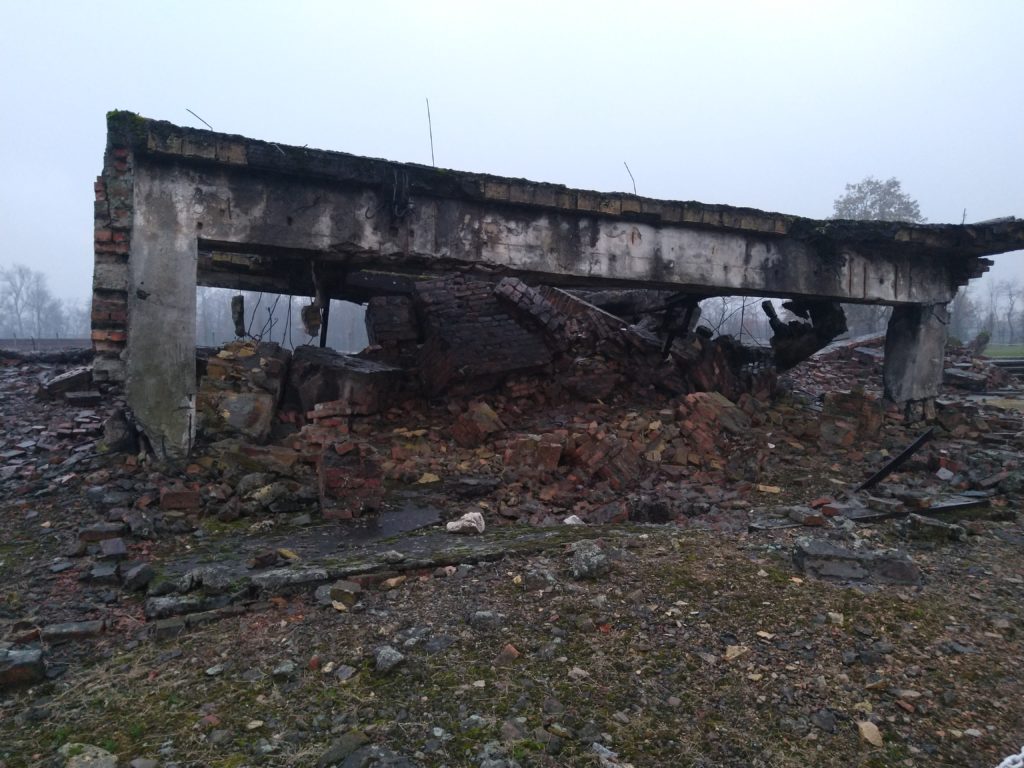
Furthermore, the lost souls’ ashes were dumped in the grounds over the fence.
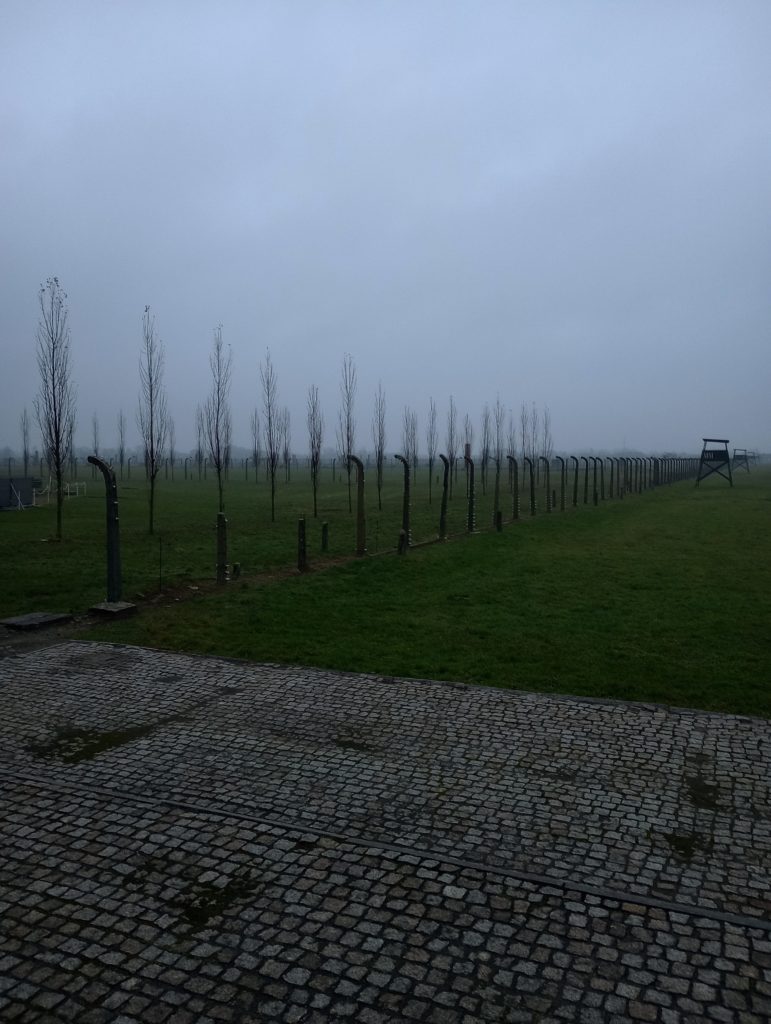
A memorial stands with a white wreath in honour of the ones murdered.
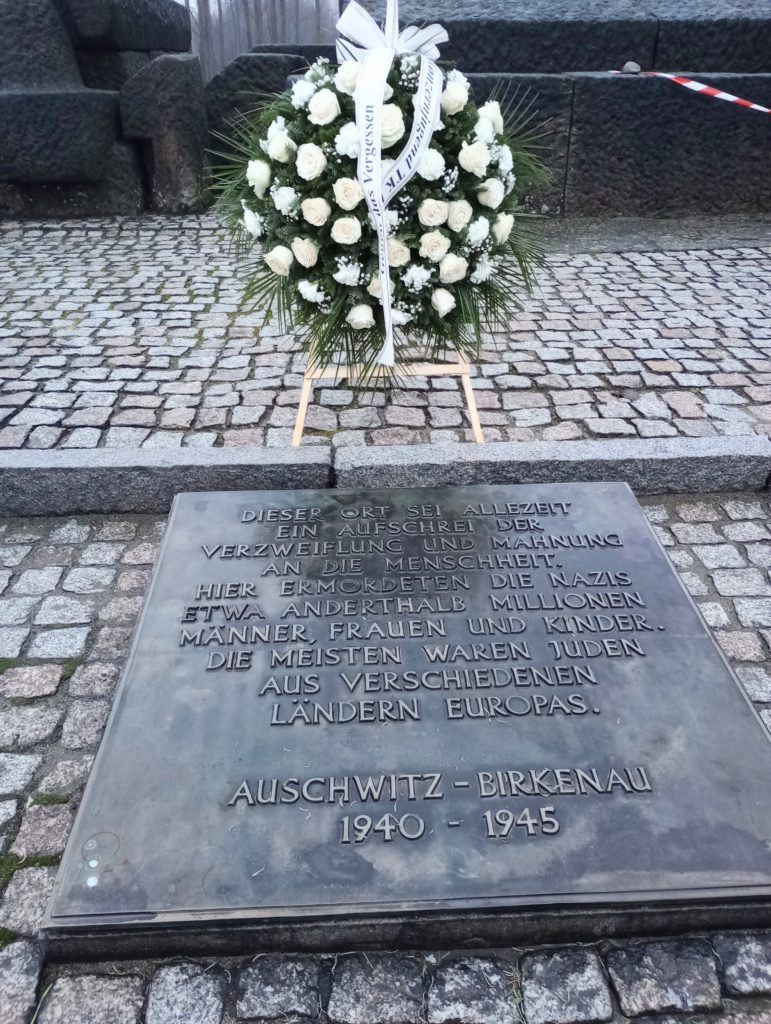
The shear scale of Birkenau, its many cramped housing blocks, the grounds that housed the factories, the gas chambers etc, brings perspective to the atrocities commited in this area. We used our time here to contemplate life. What more is there to say?
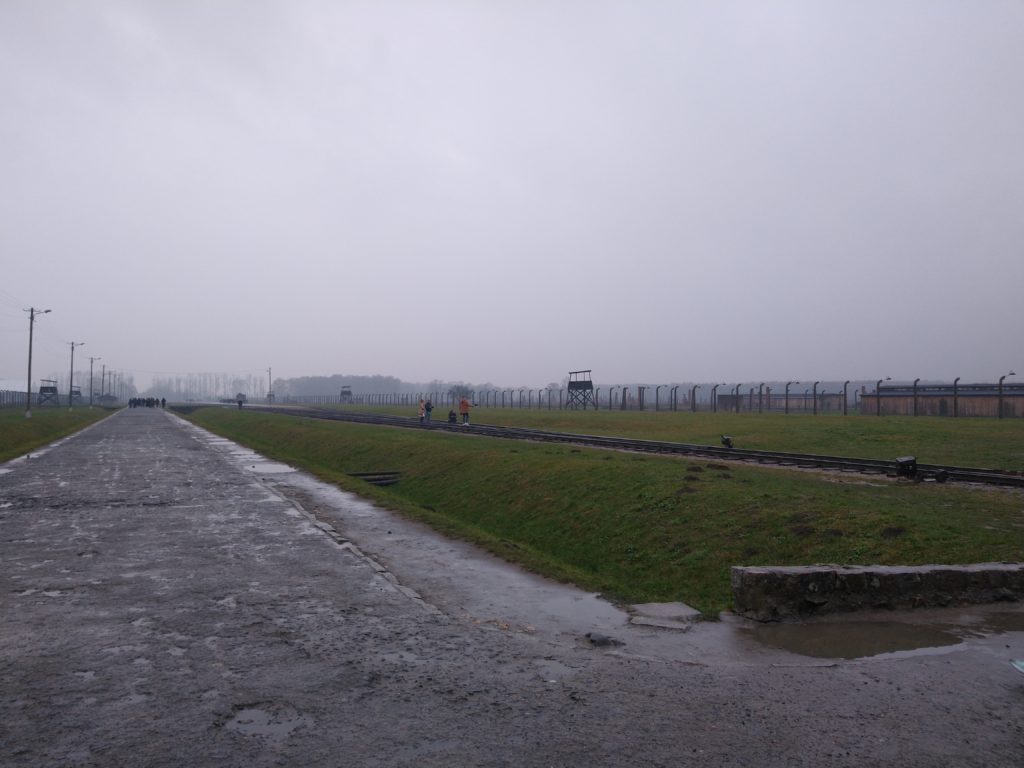
In all honesty, descriptions of Auschwitz / Birkenau will rarely do it justice. A visit, with an understanding of the history, allows for a more accurate viewpoint of the landscape. Walking the land gives a connection.
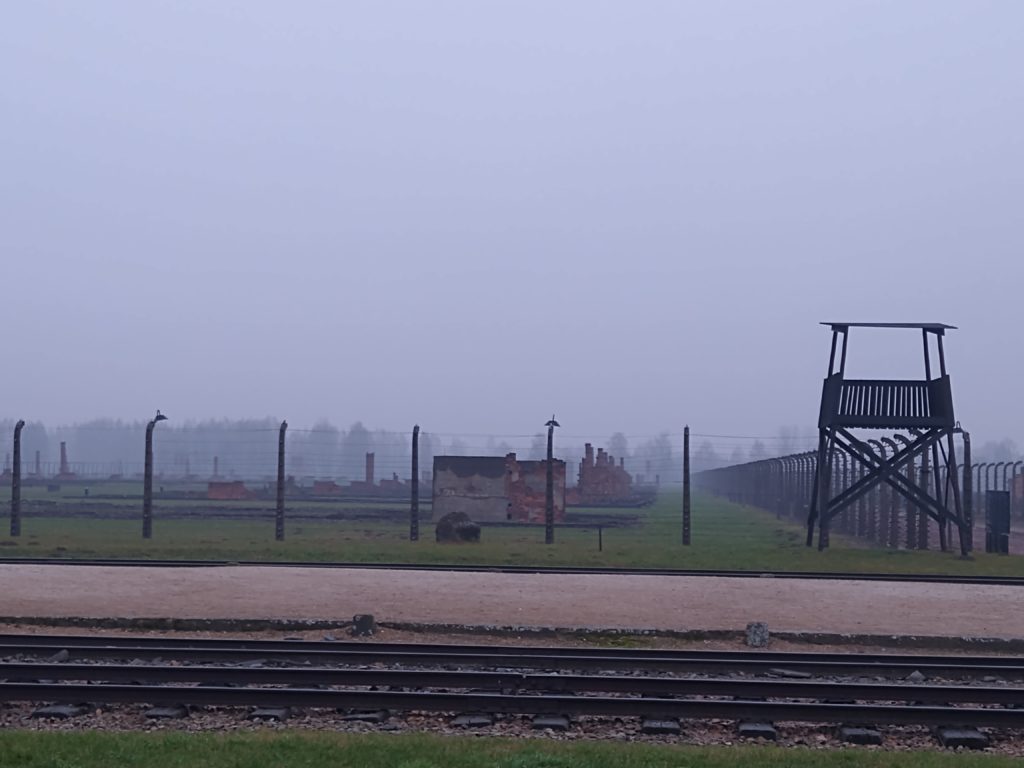
Auschwitz is one of those places that will stay ingrained in you forever. Moreover, It’s a place for reflection. Indeed, what has the world learned since? Have they even learned anything?
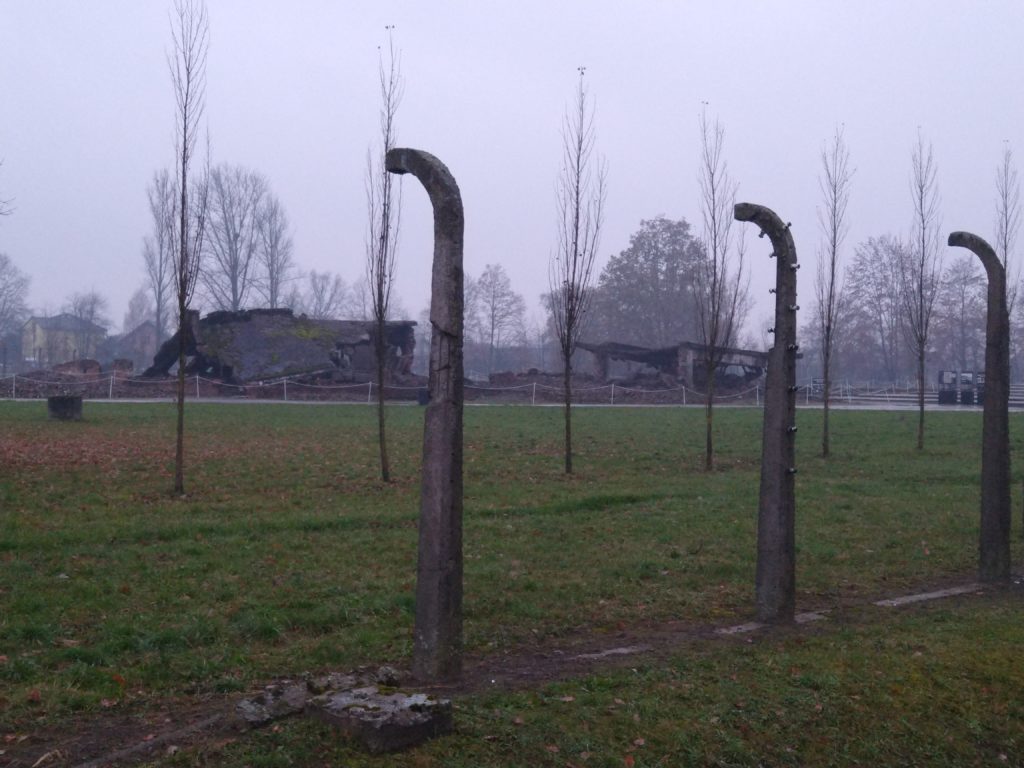
Vera Sherav, a Holocaust survivor says it better than we can.
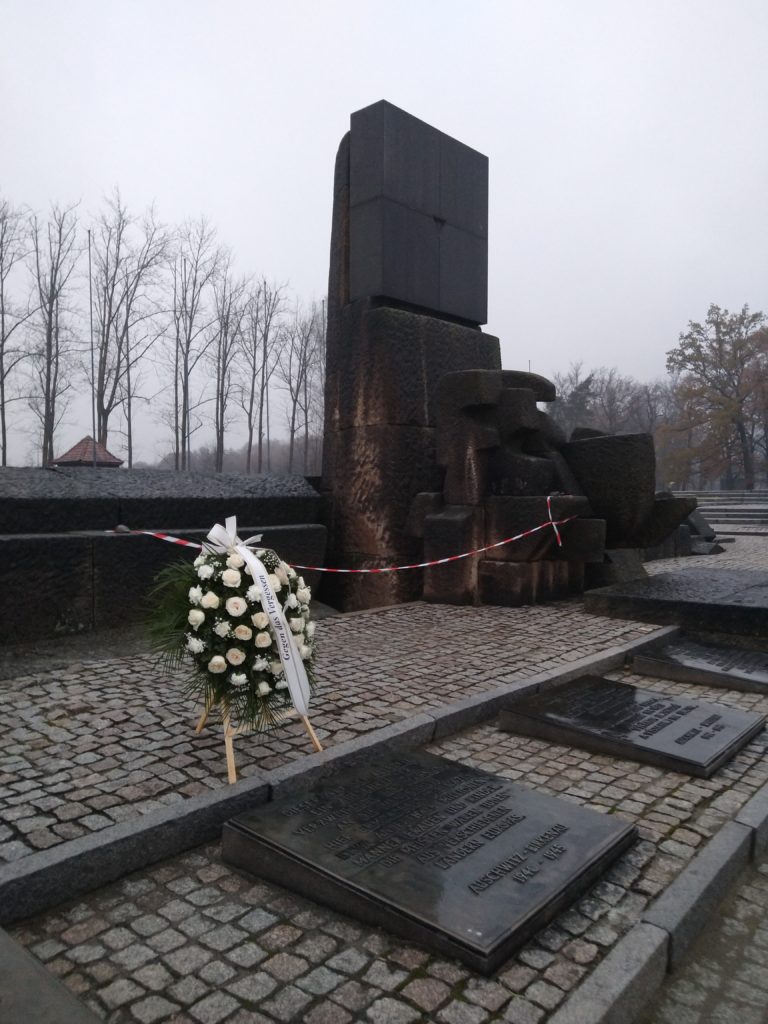
If you liked reading you may like to check out the rest of our stay in Krakow.
